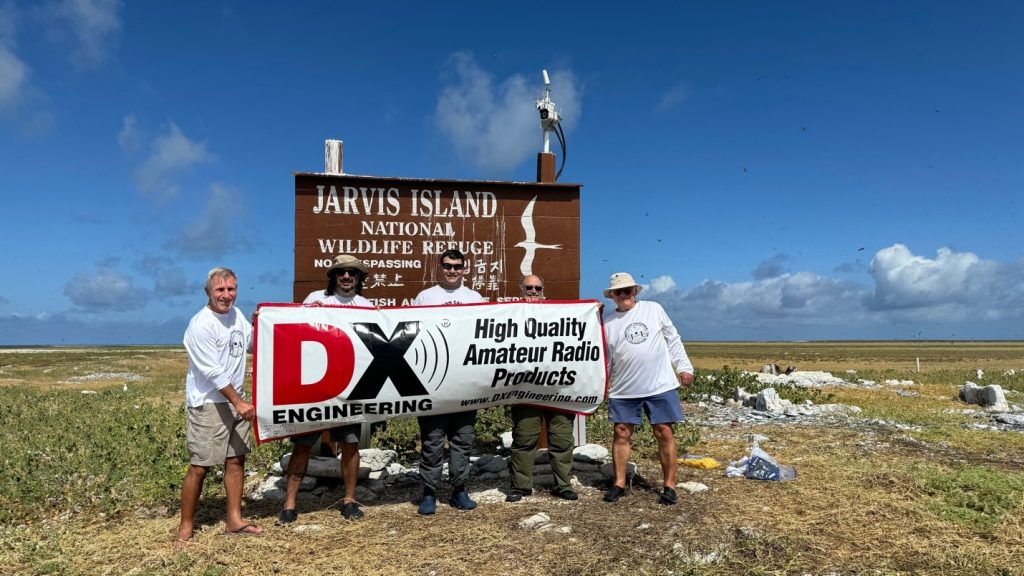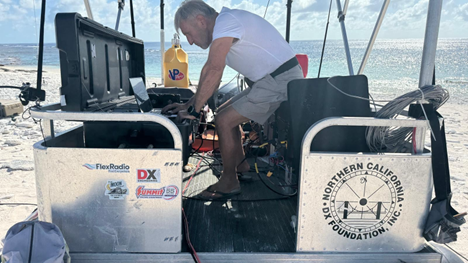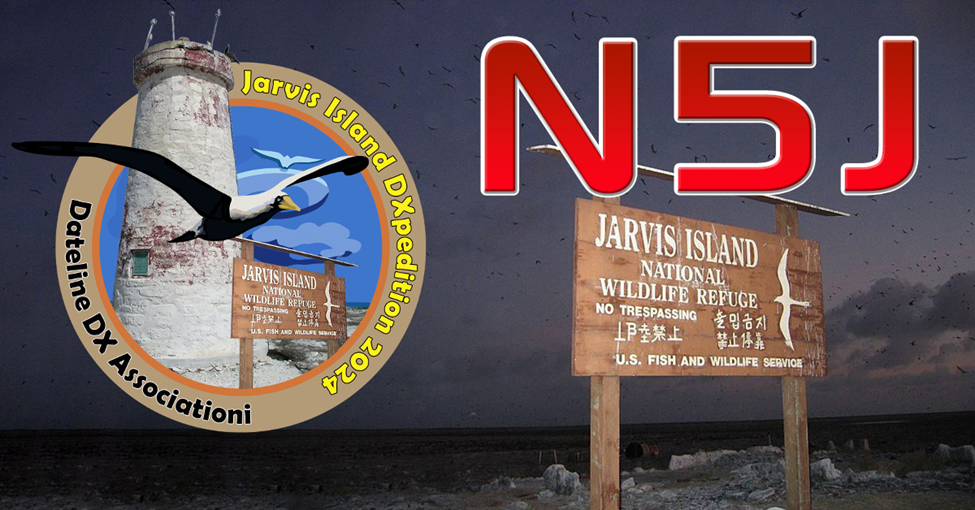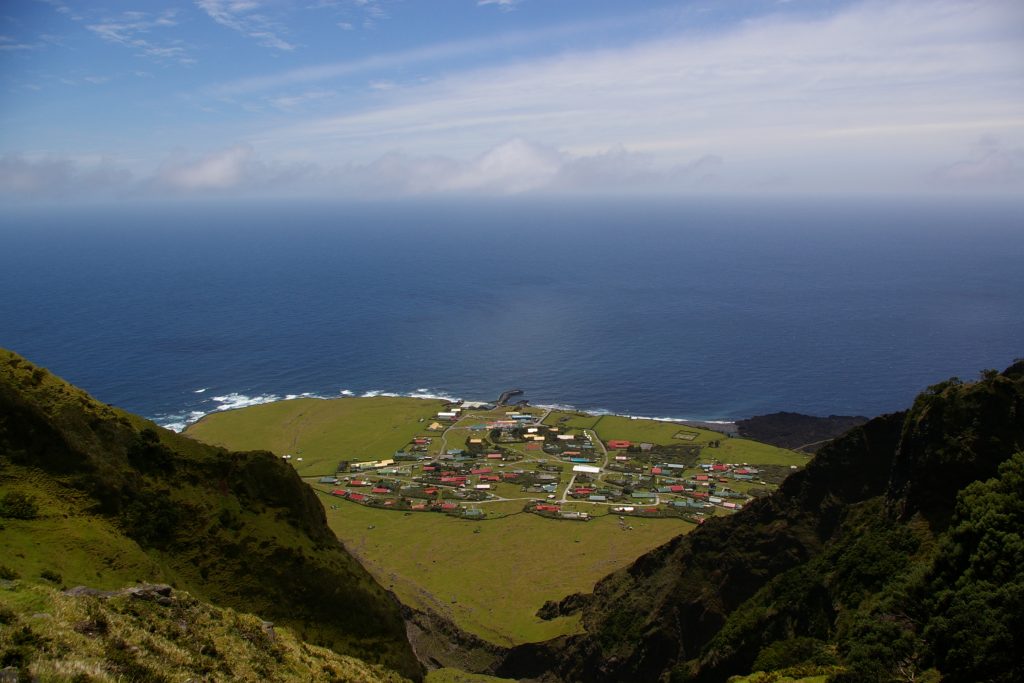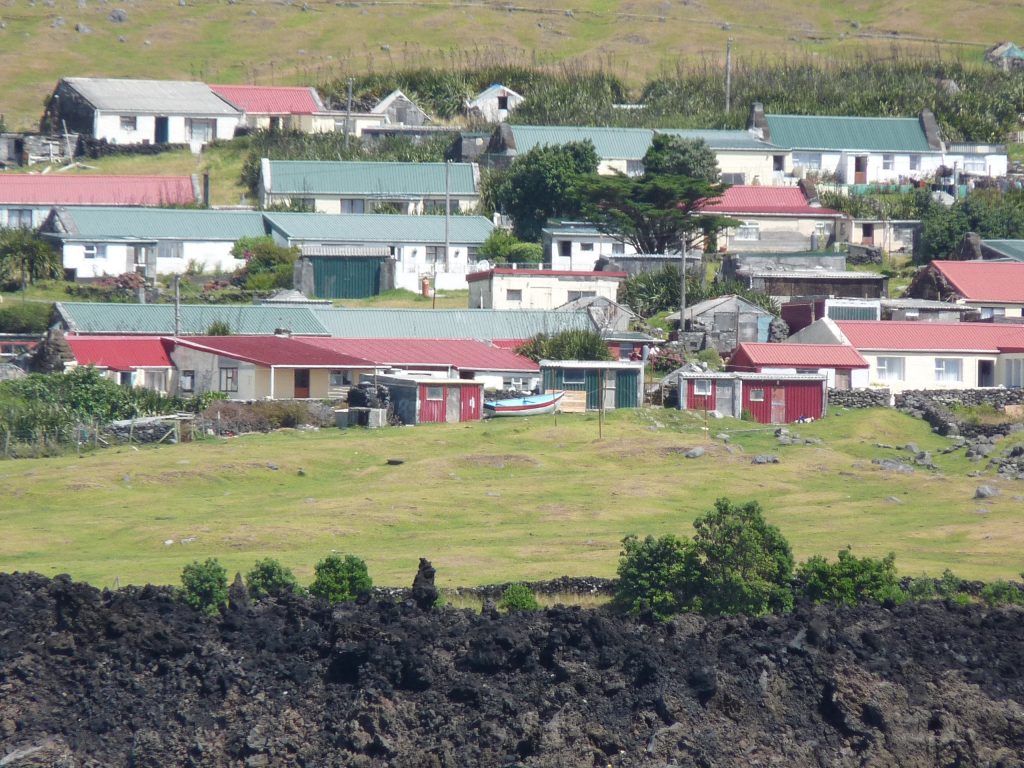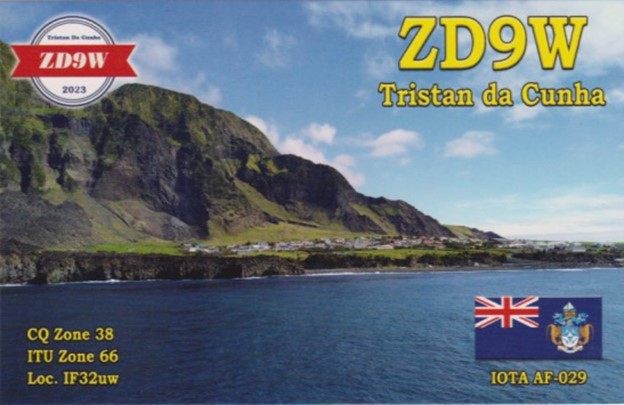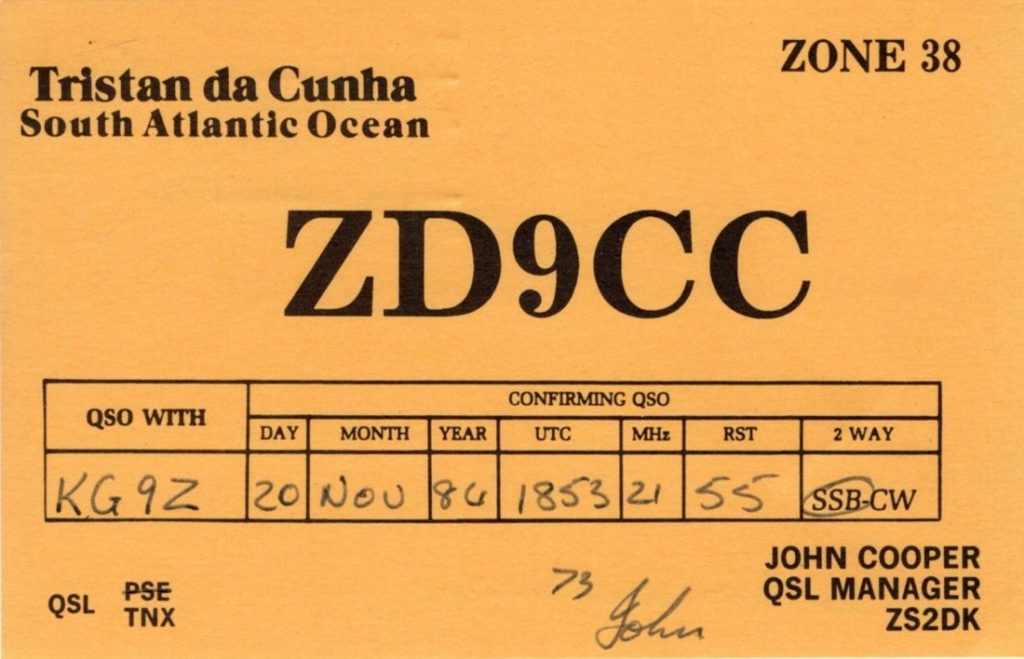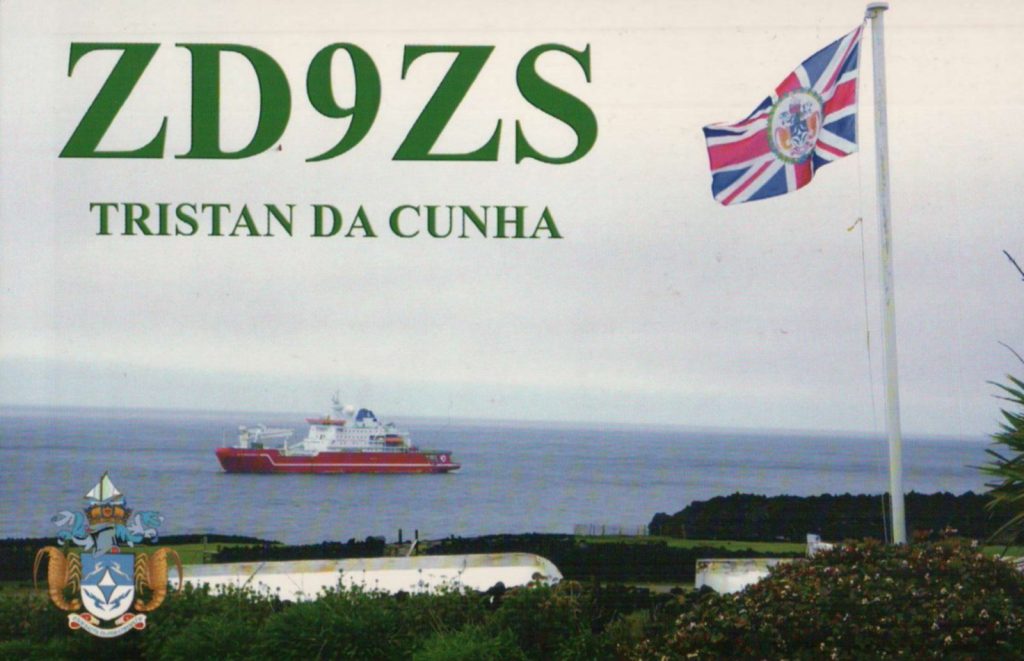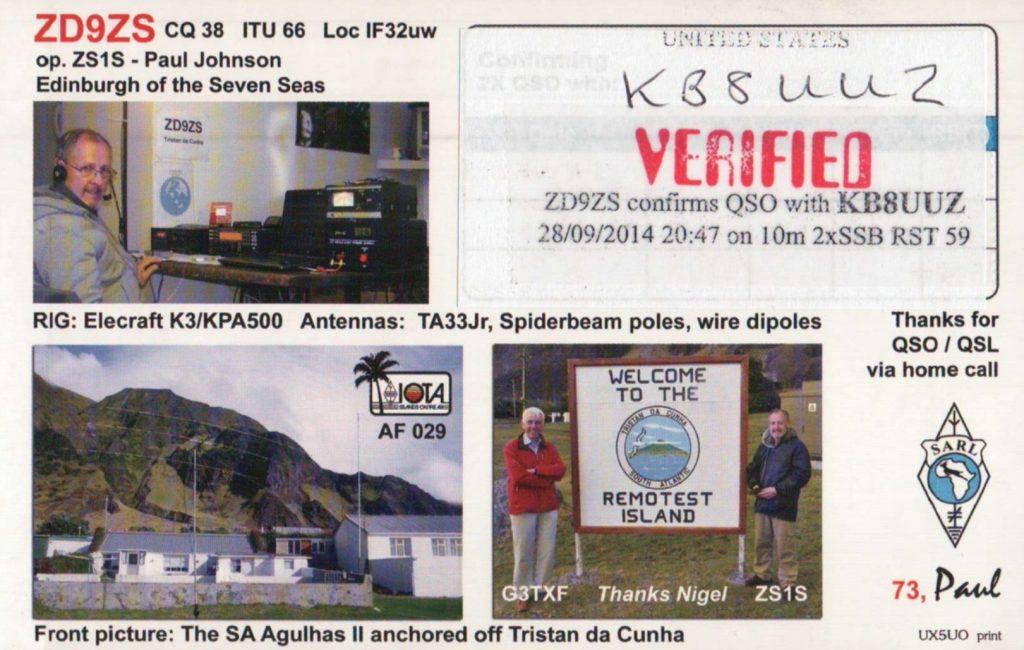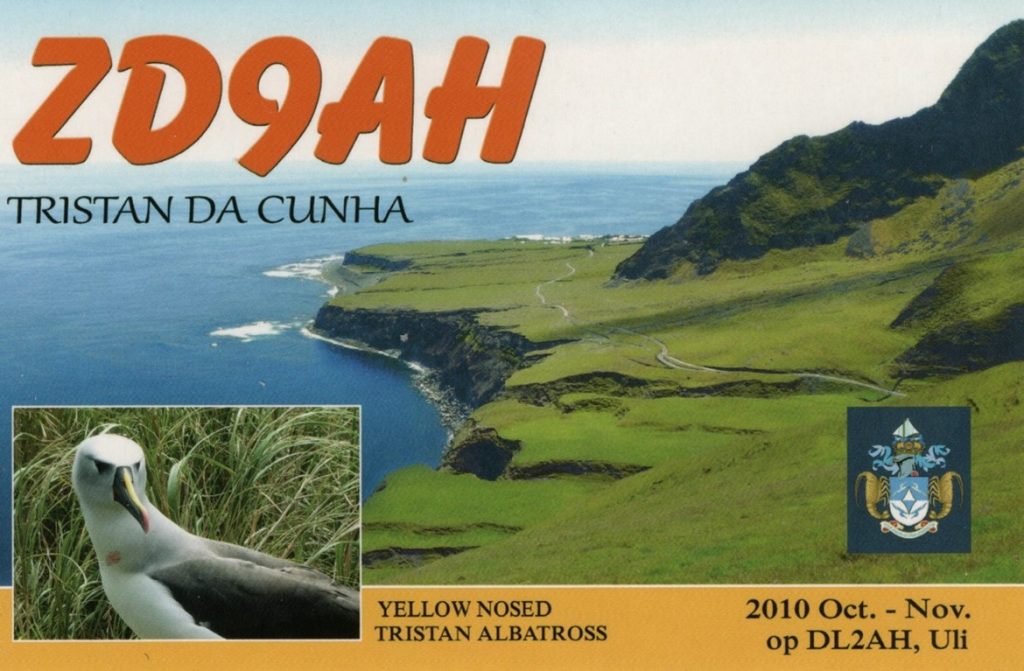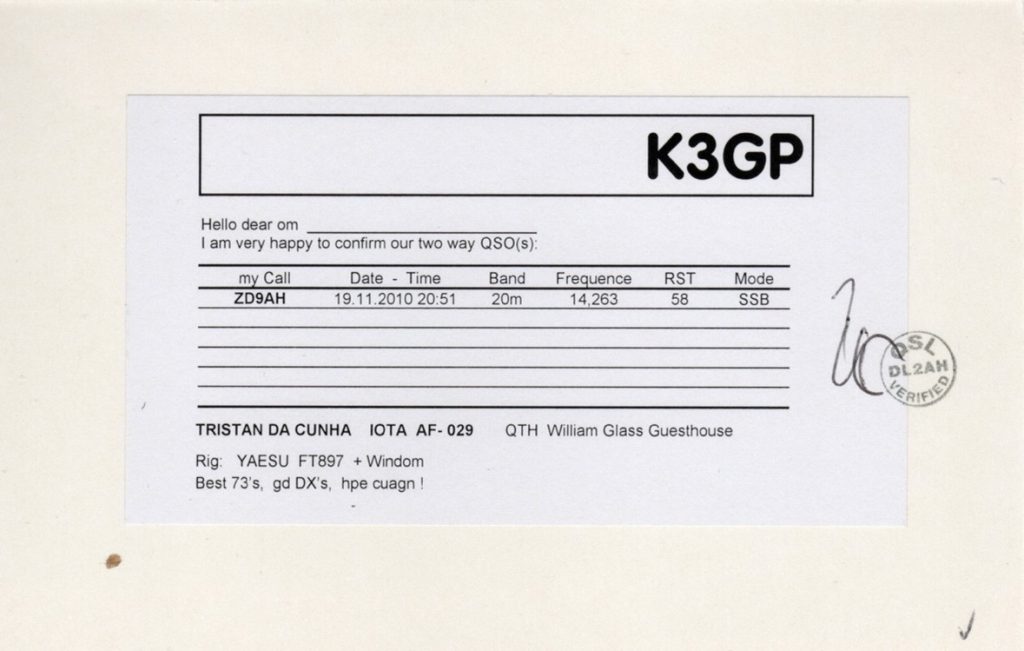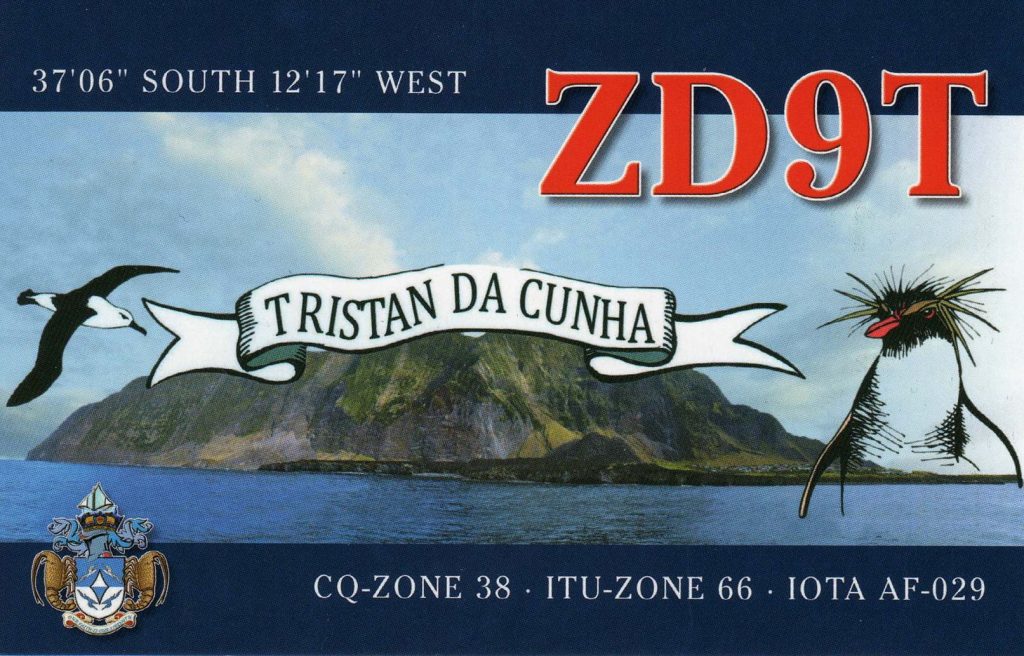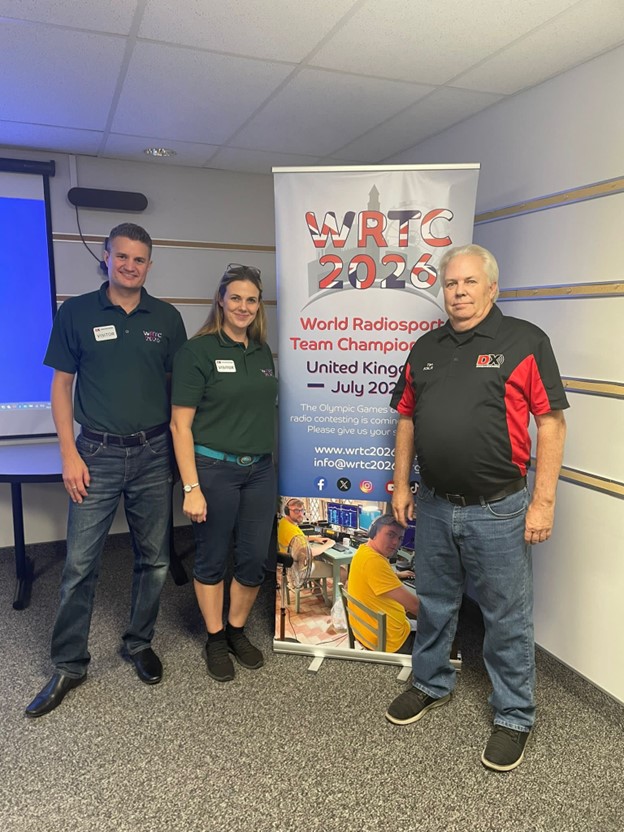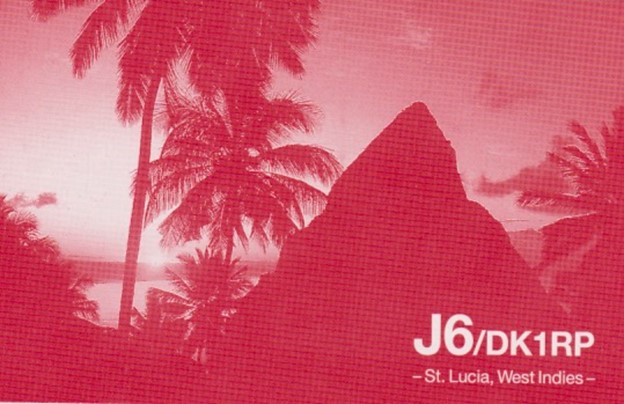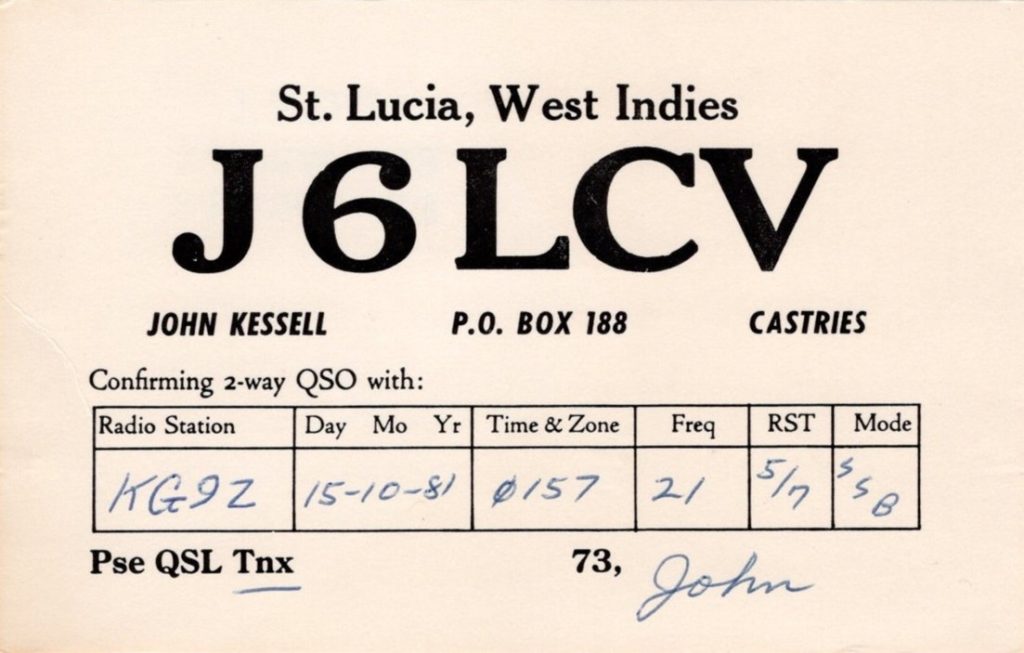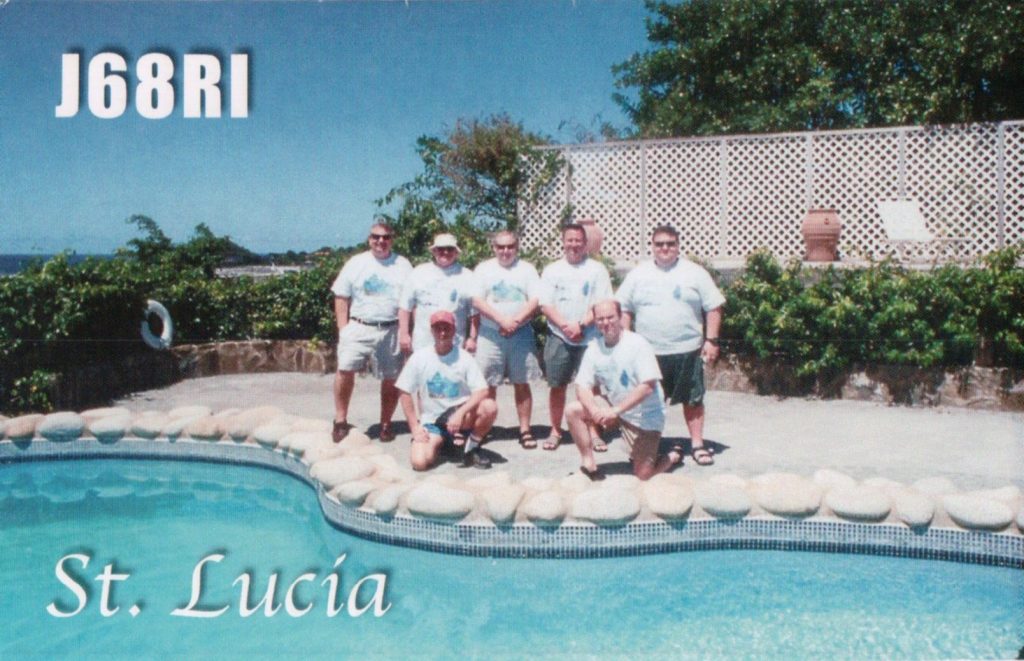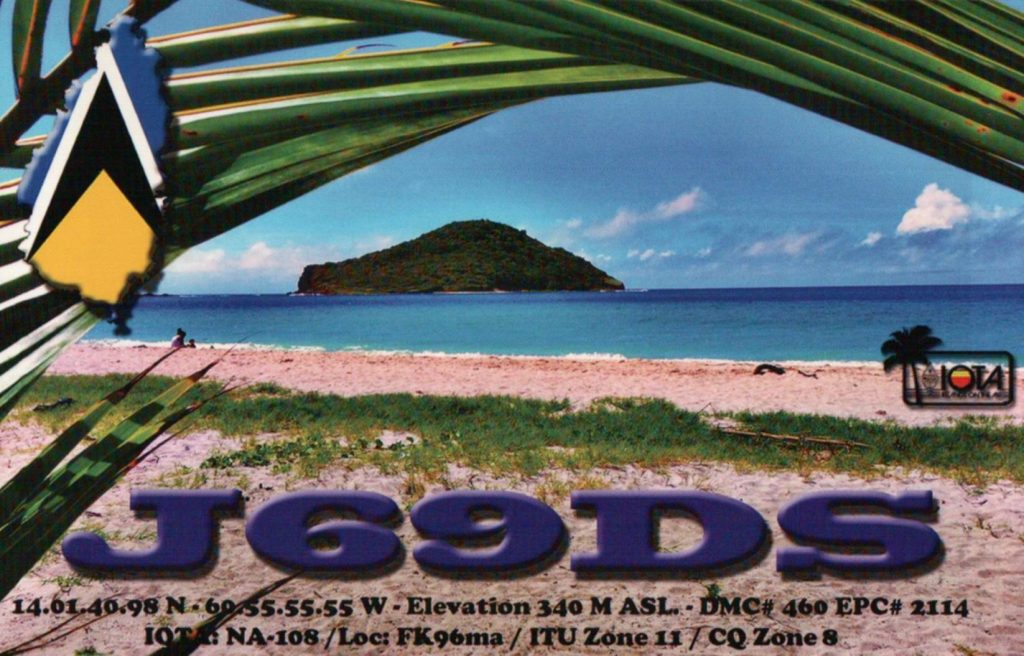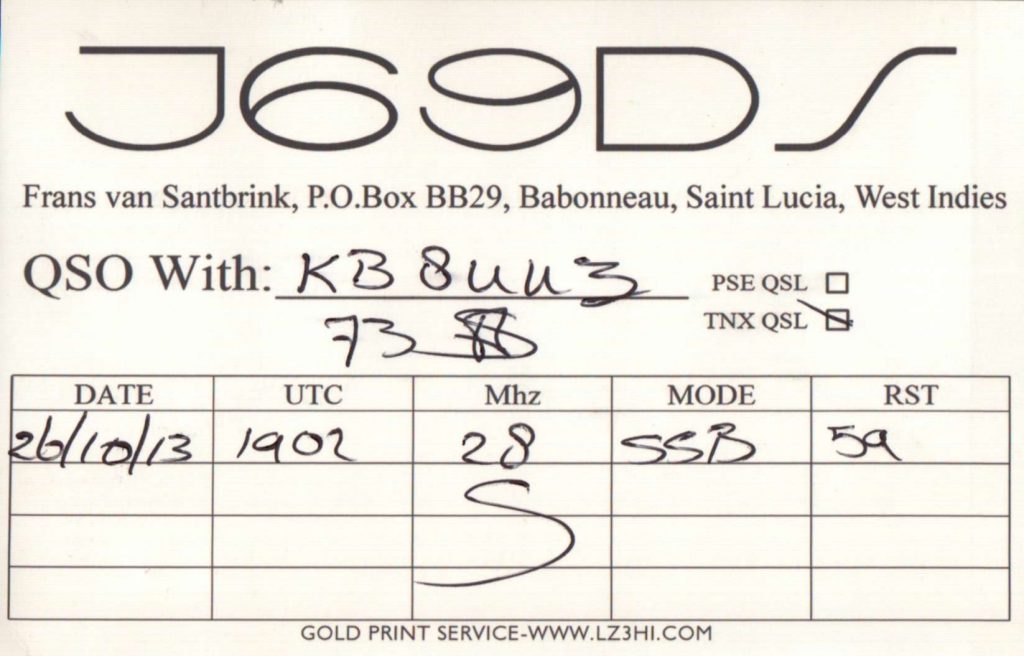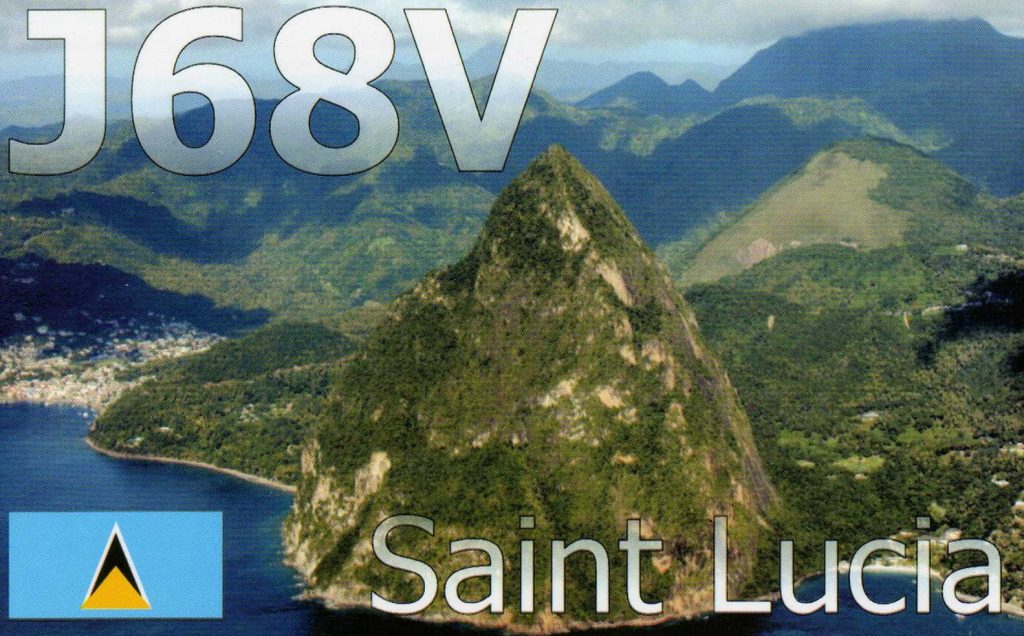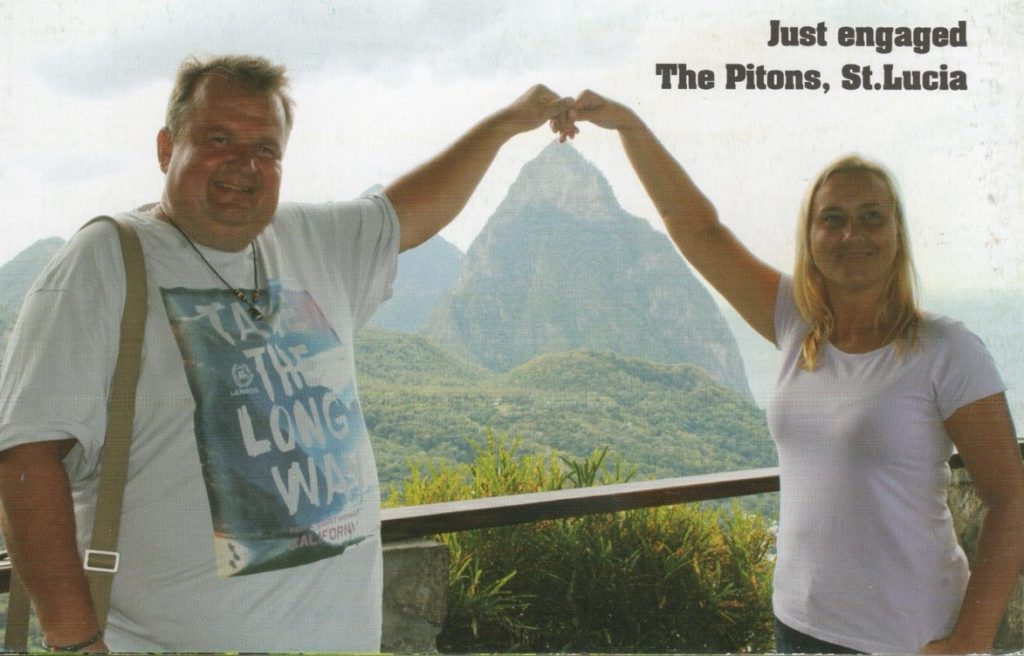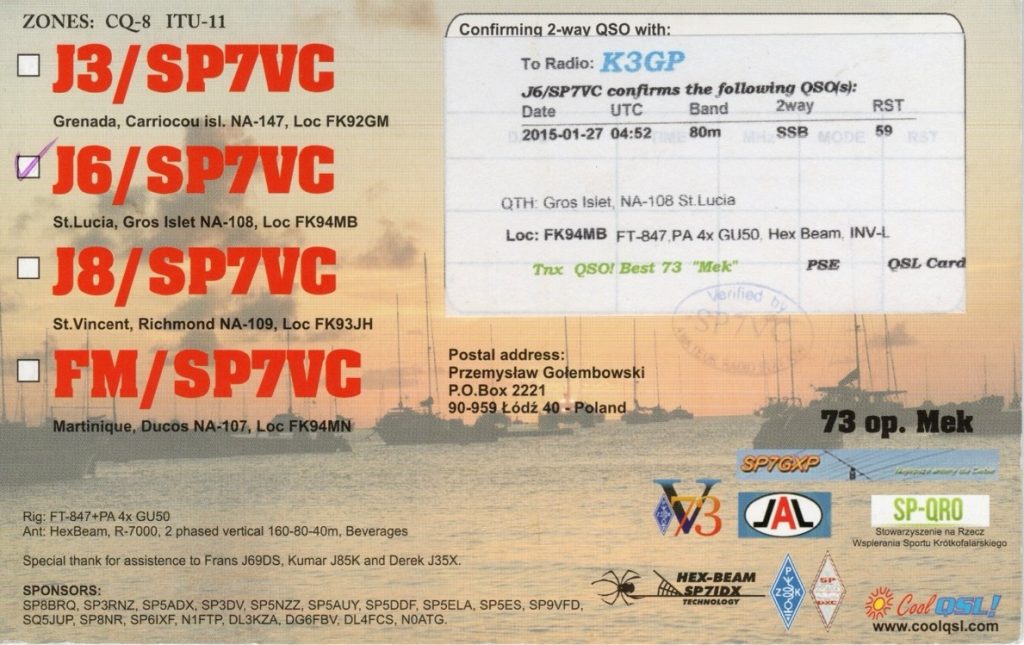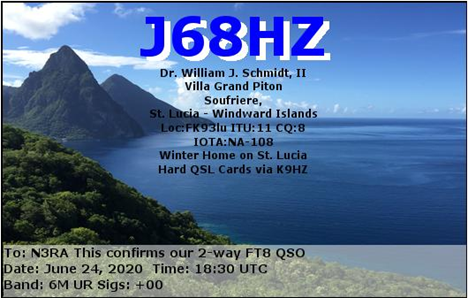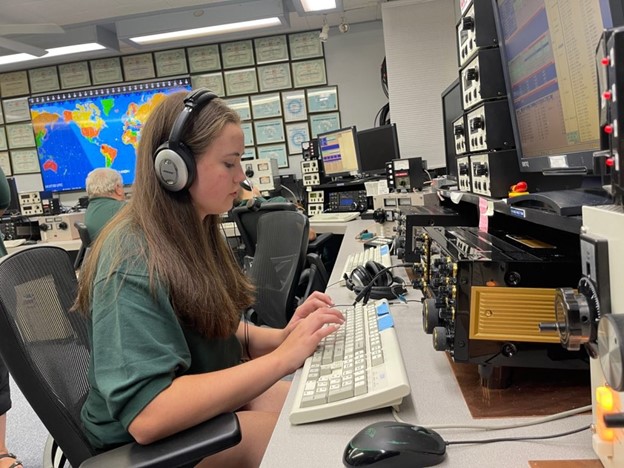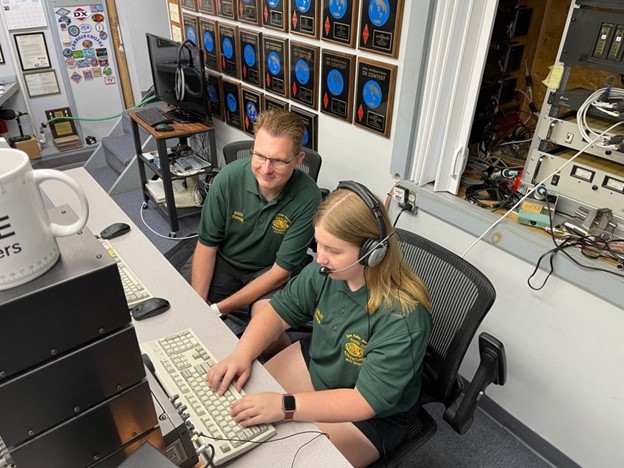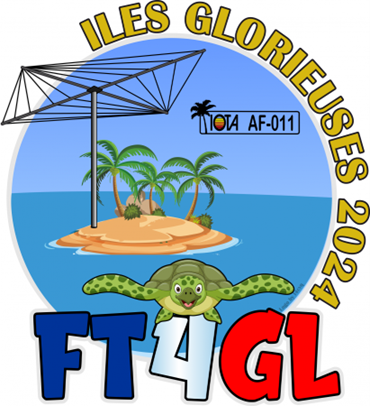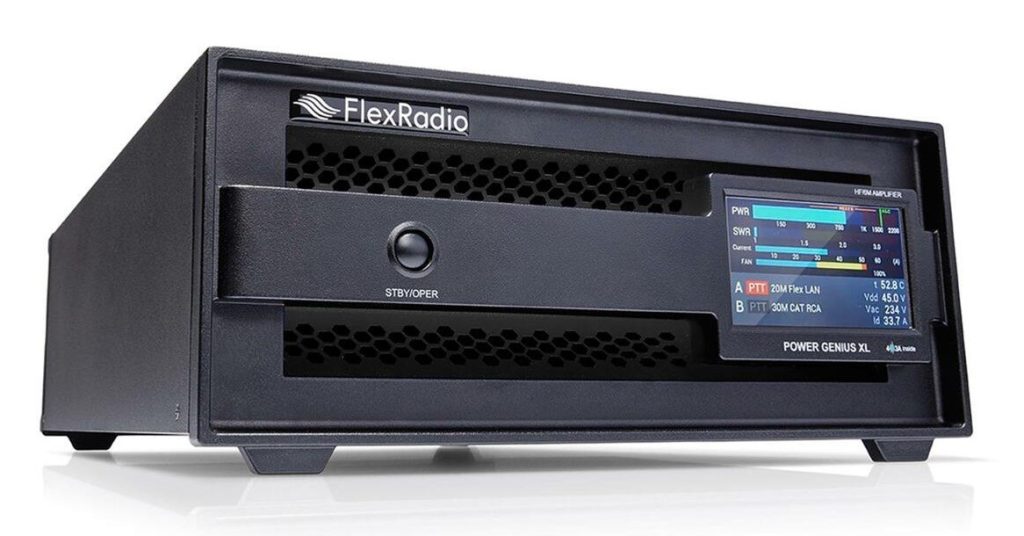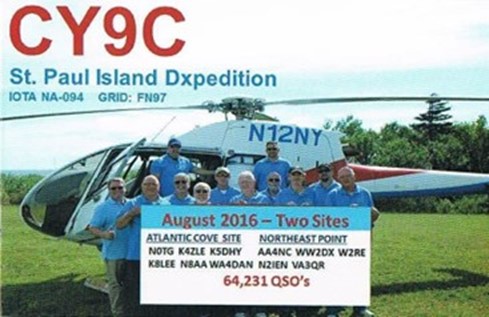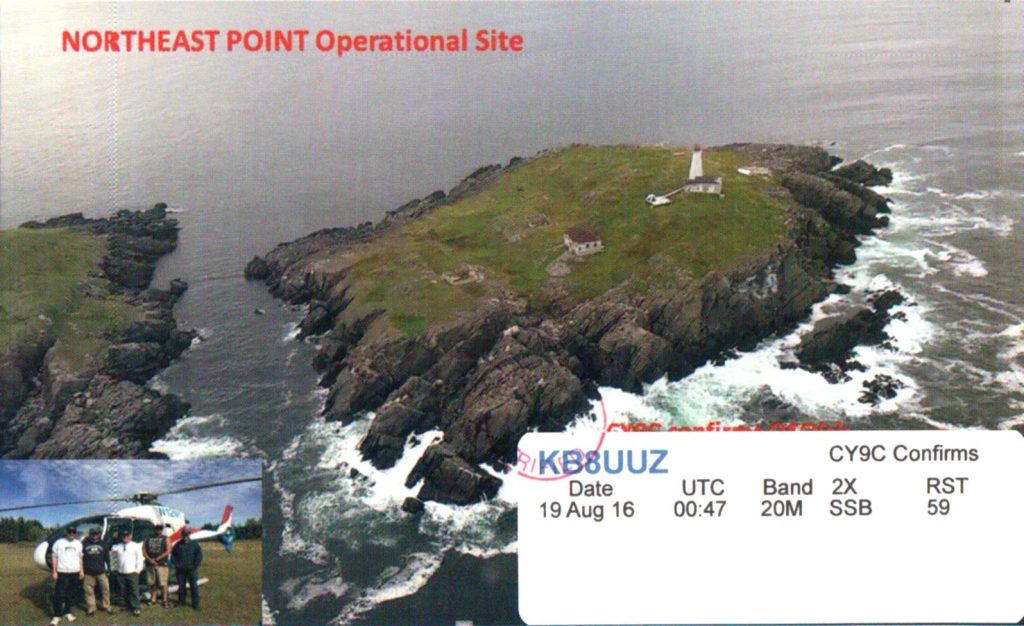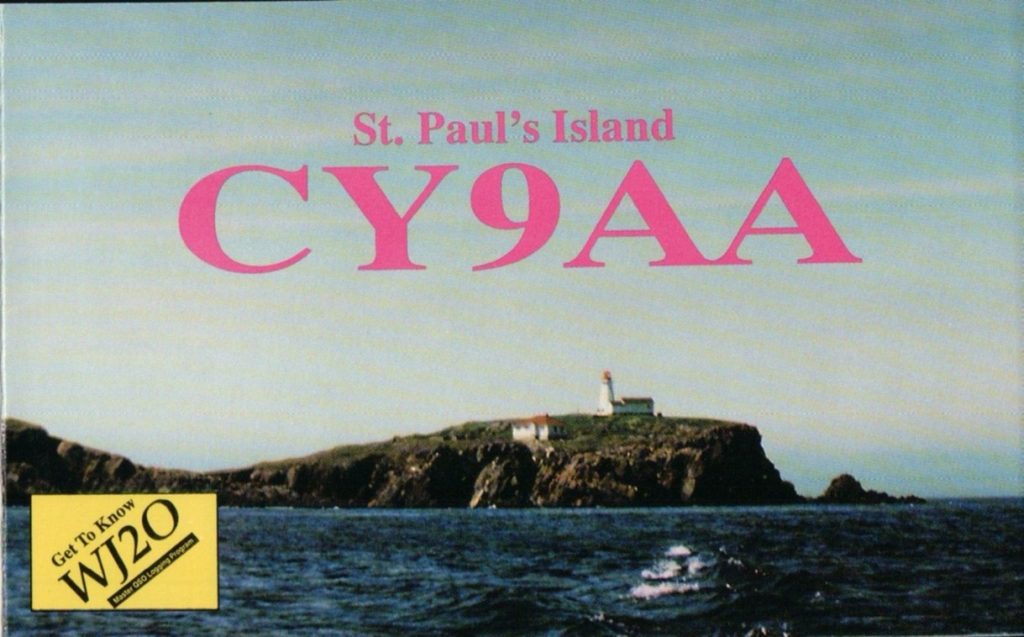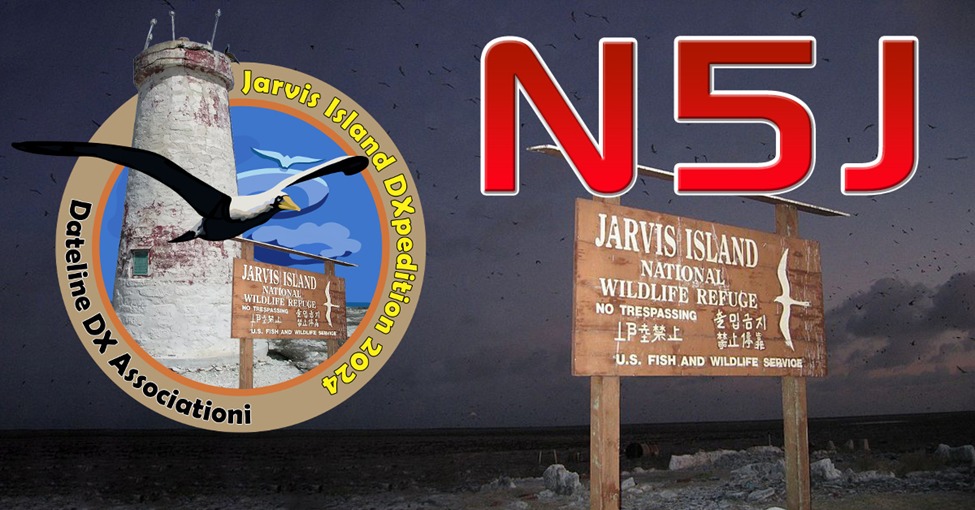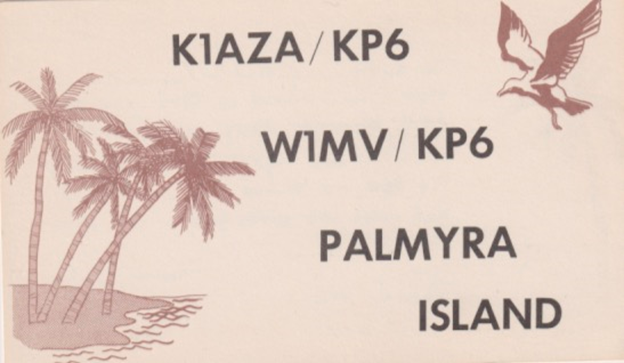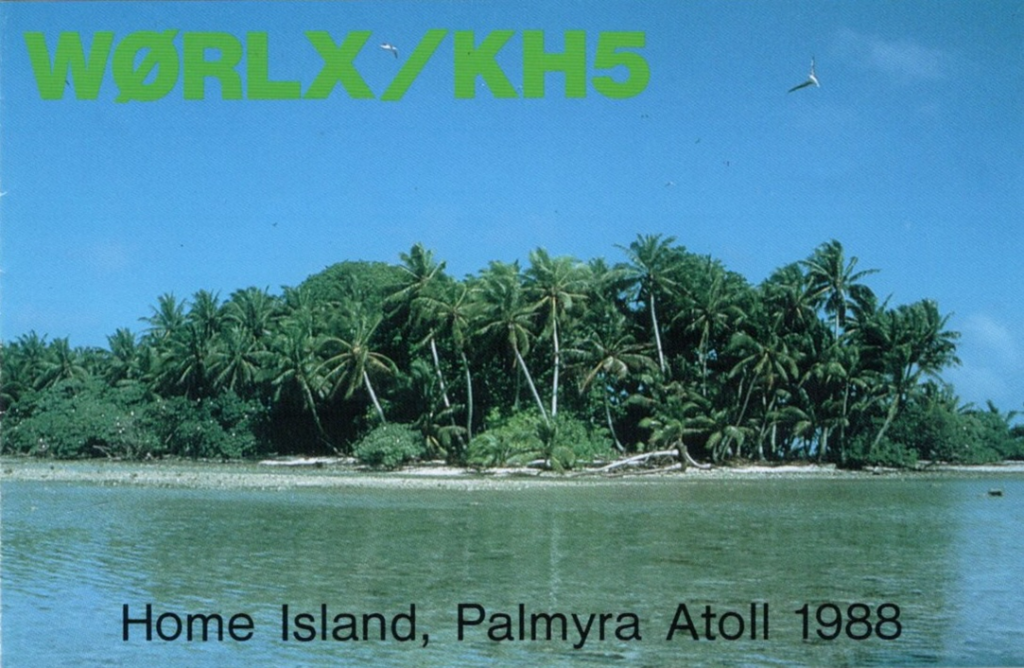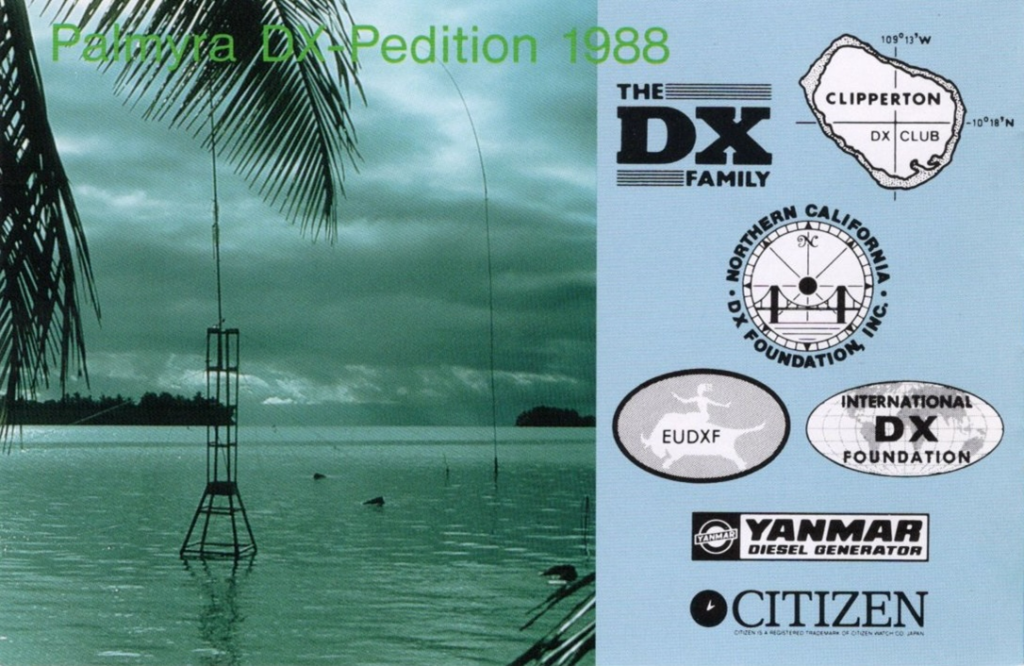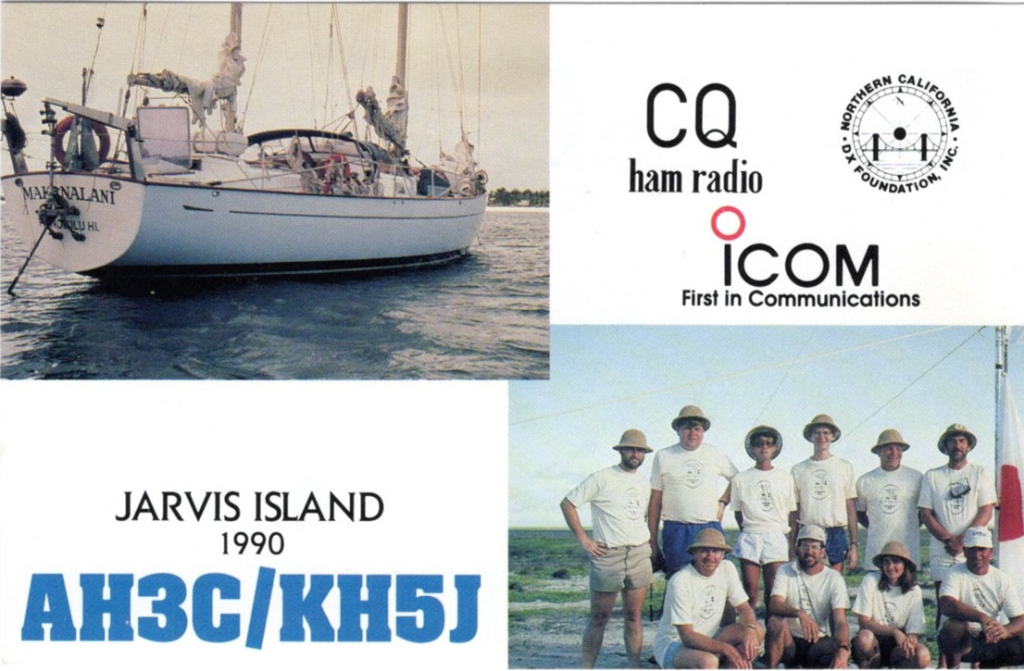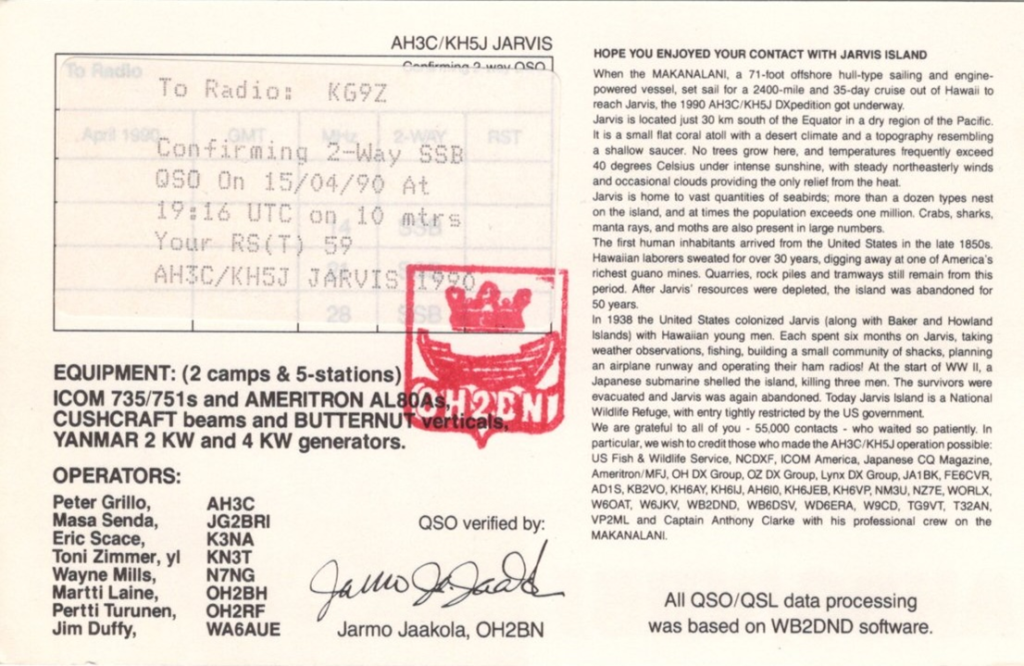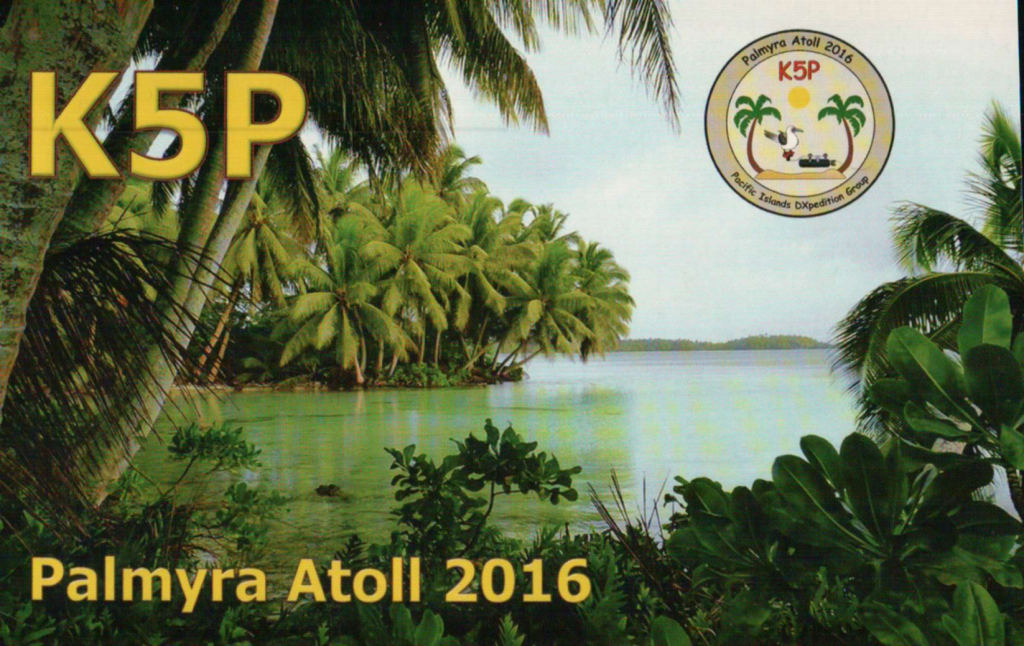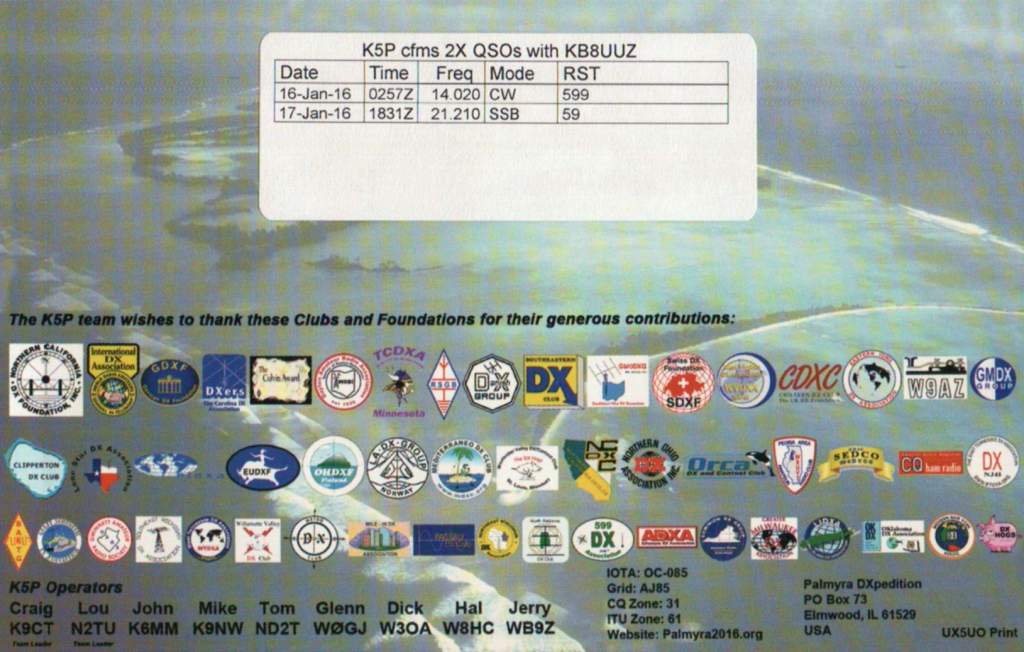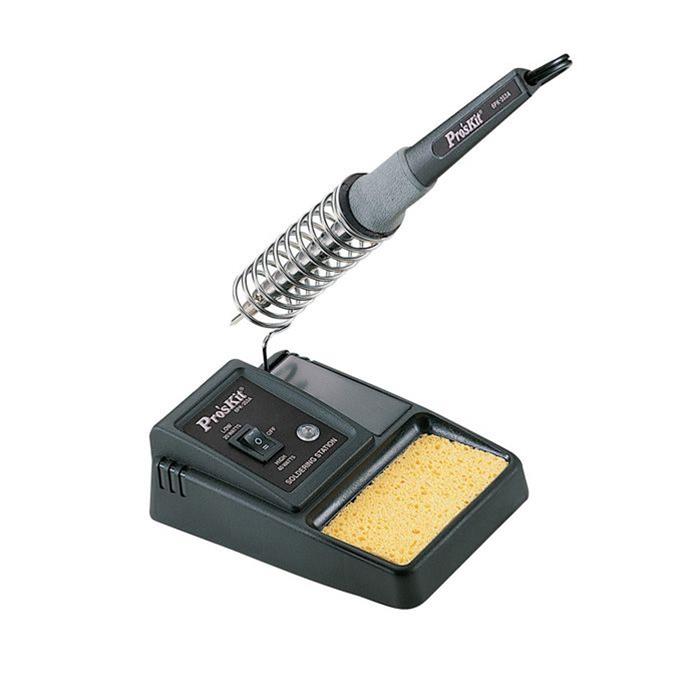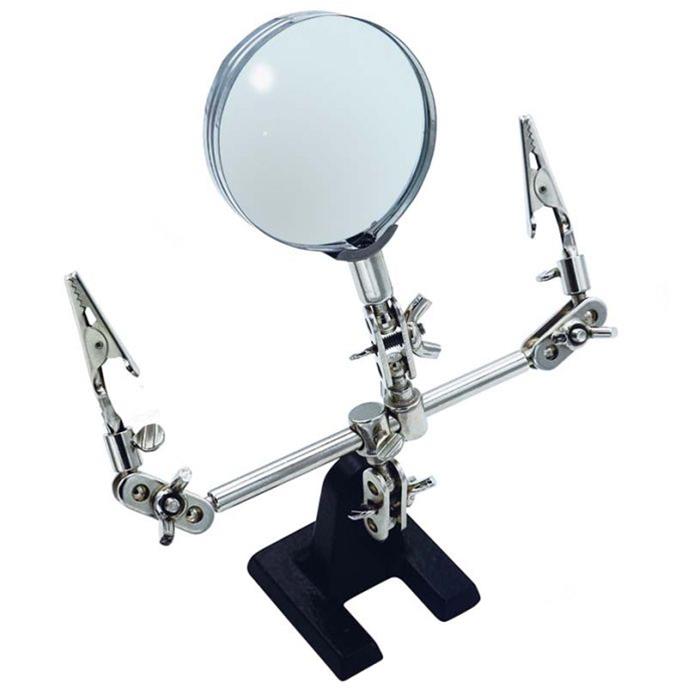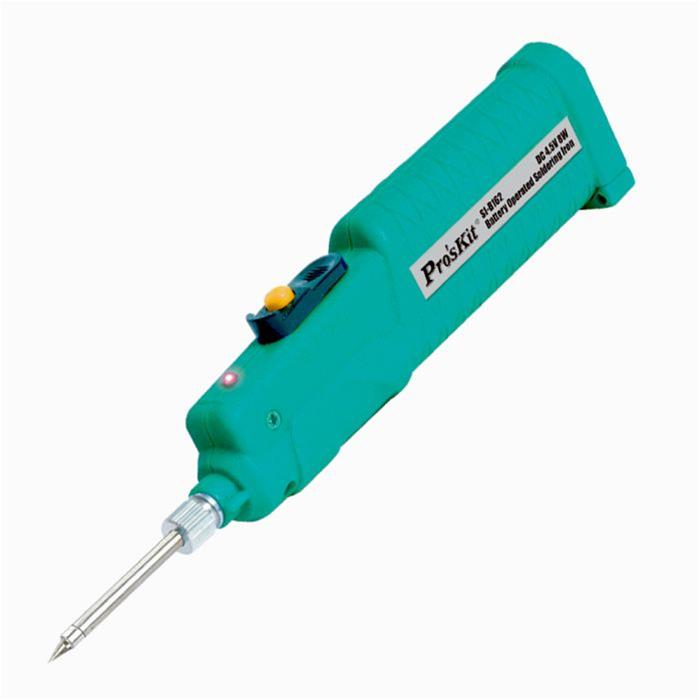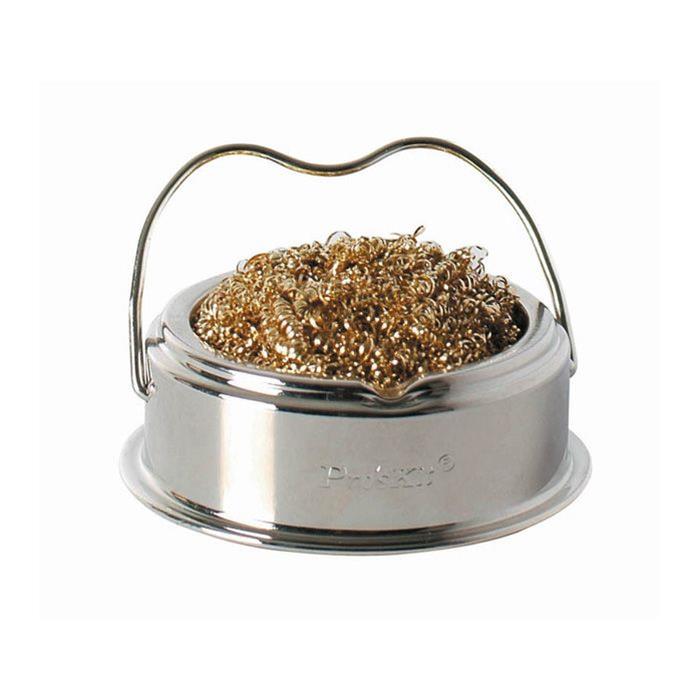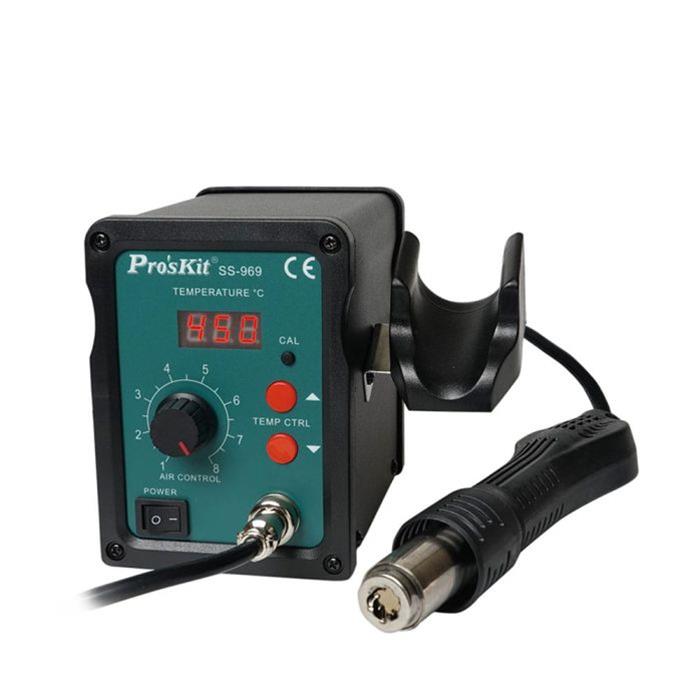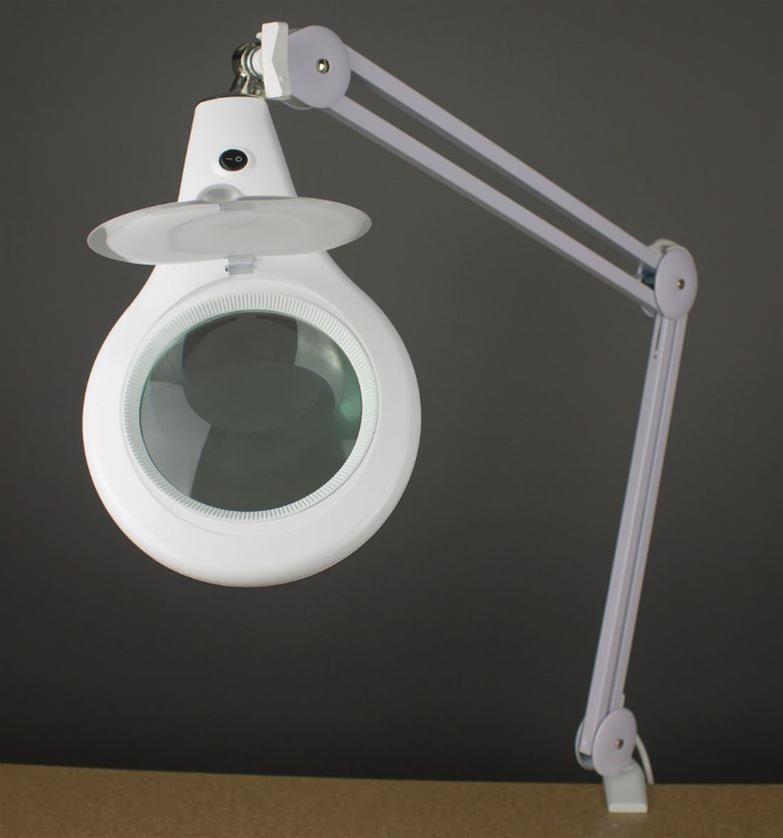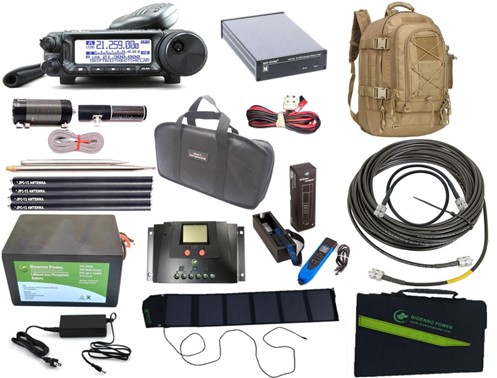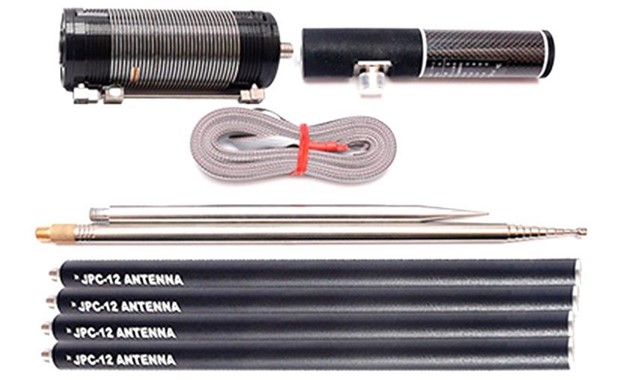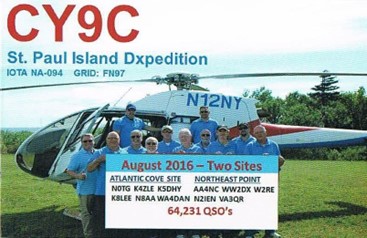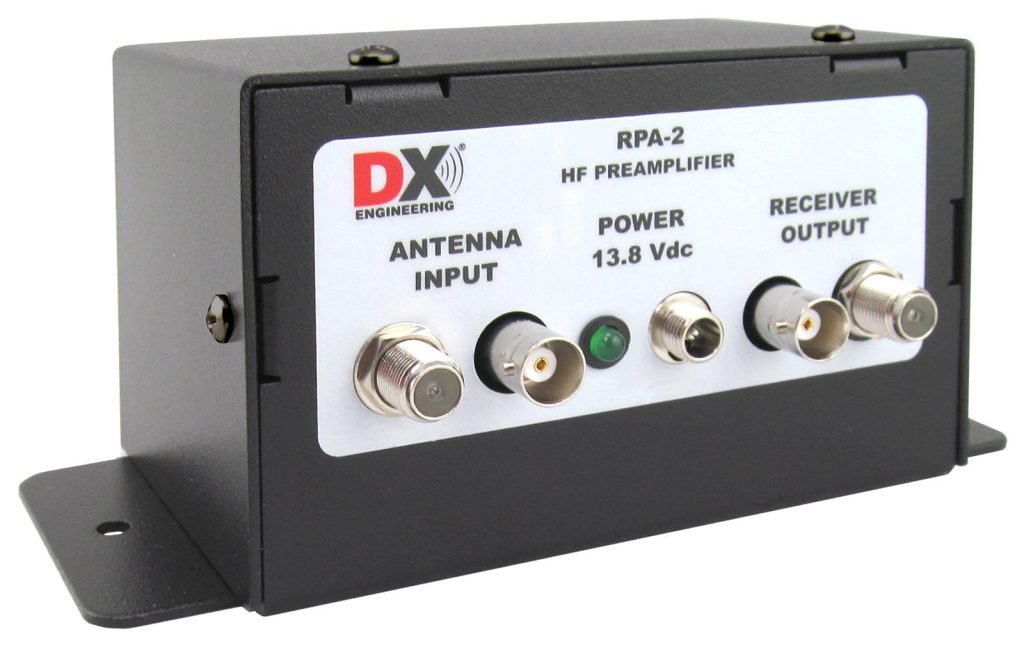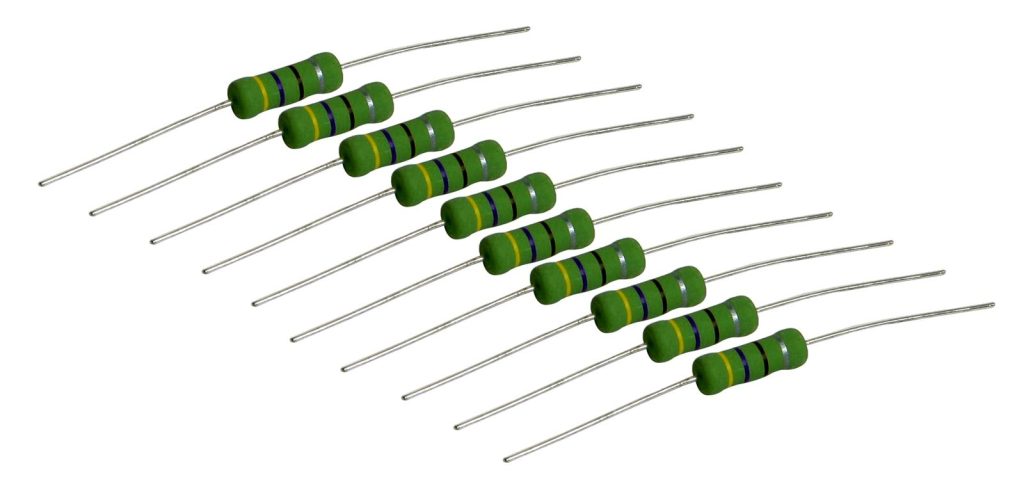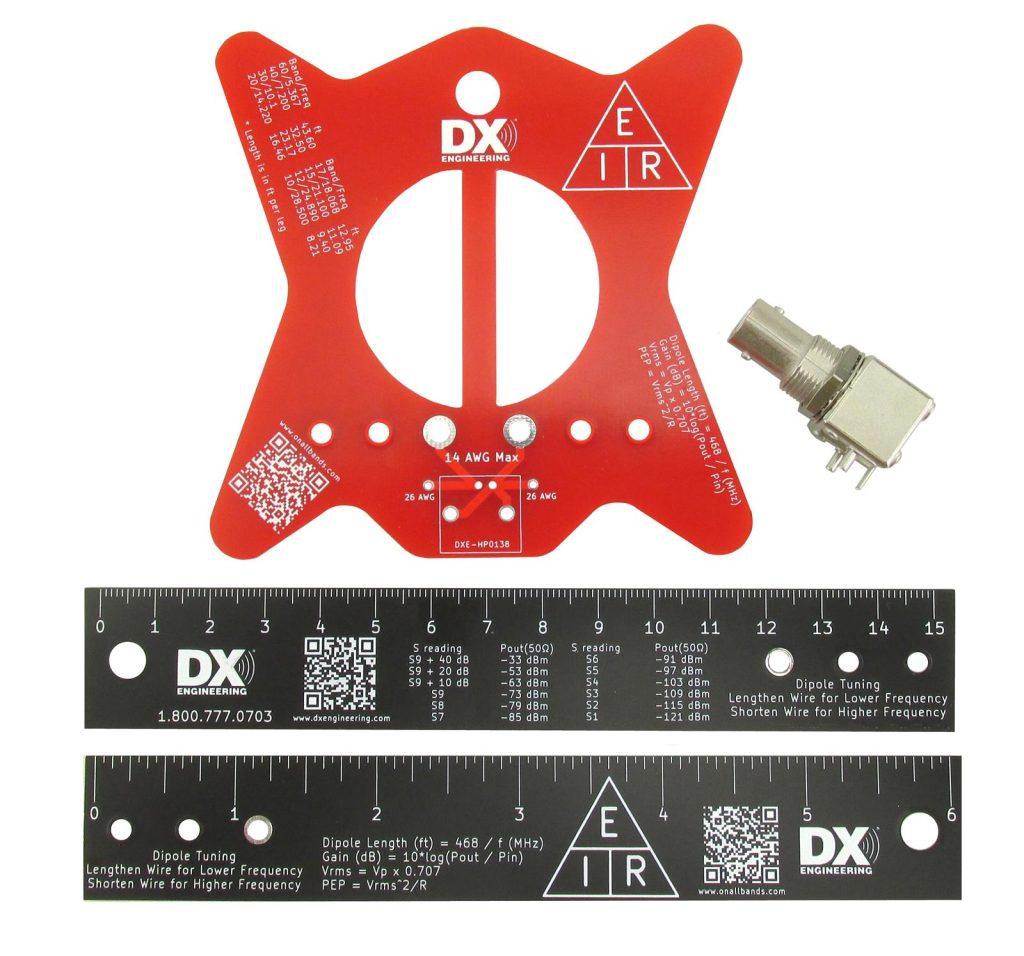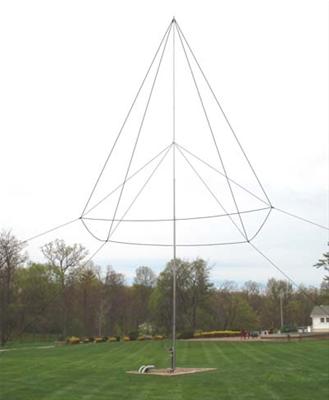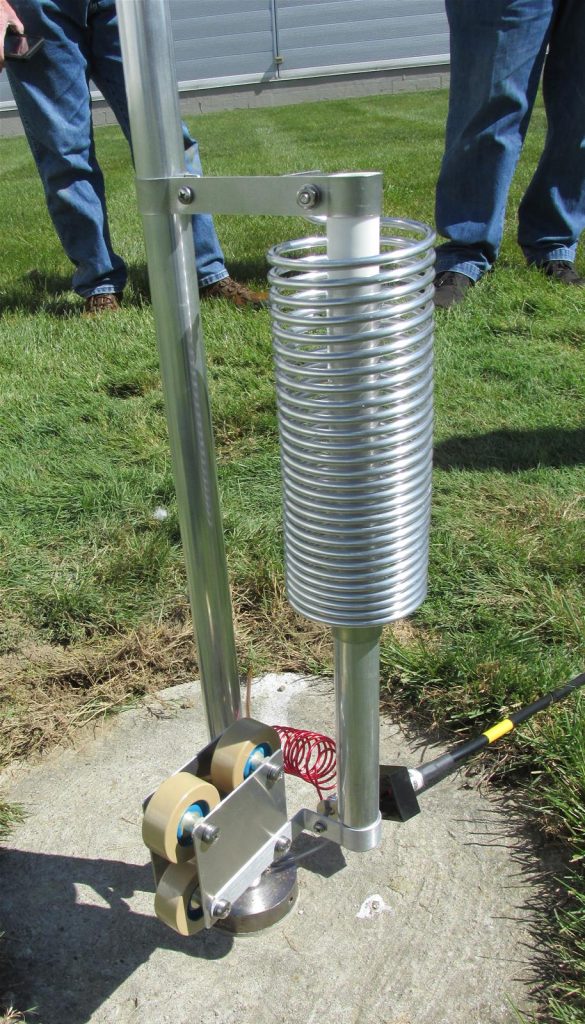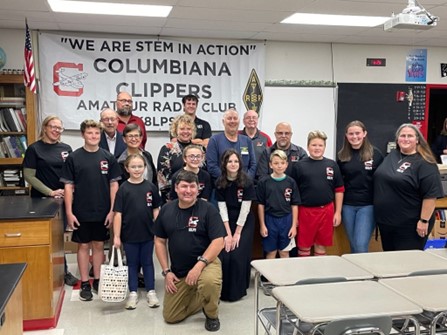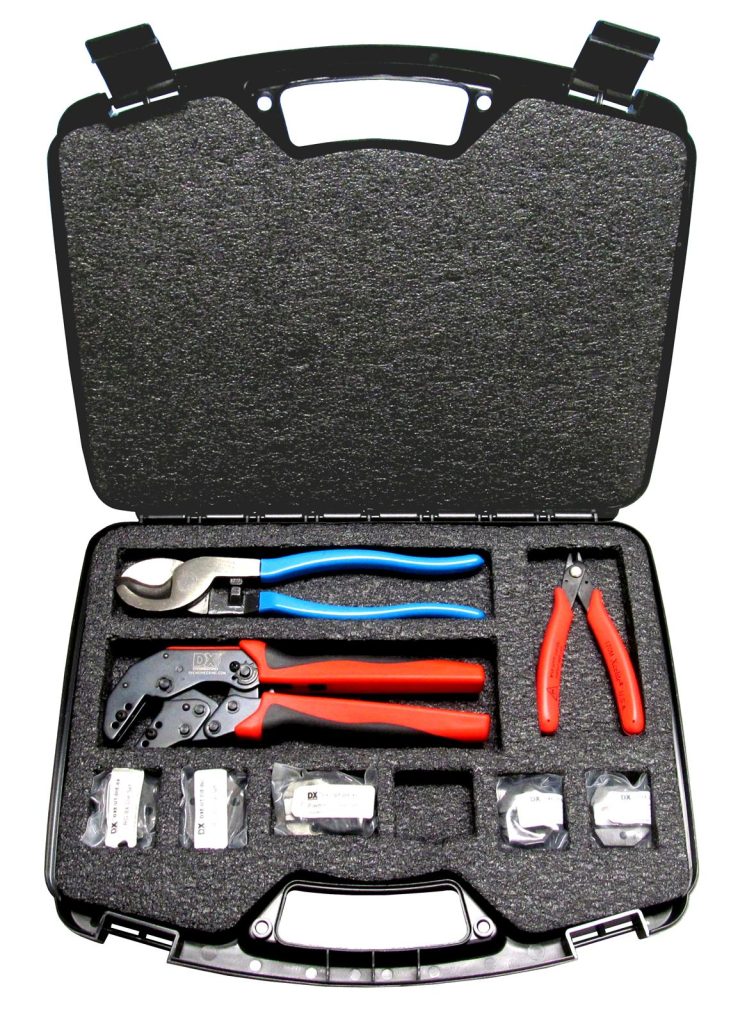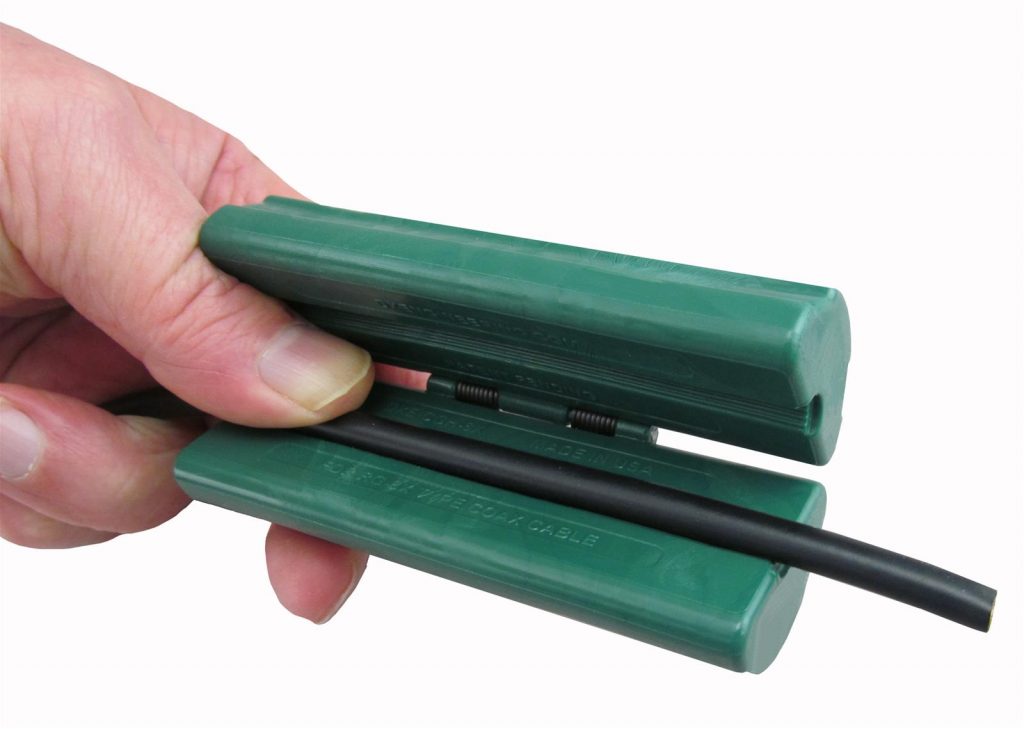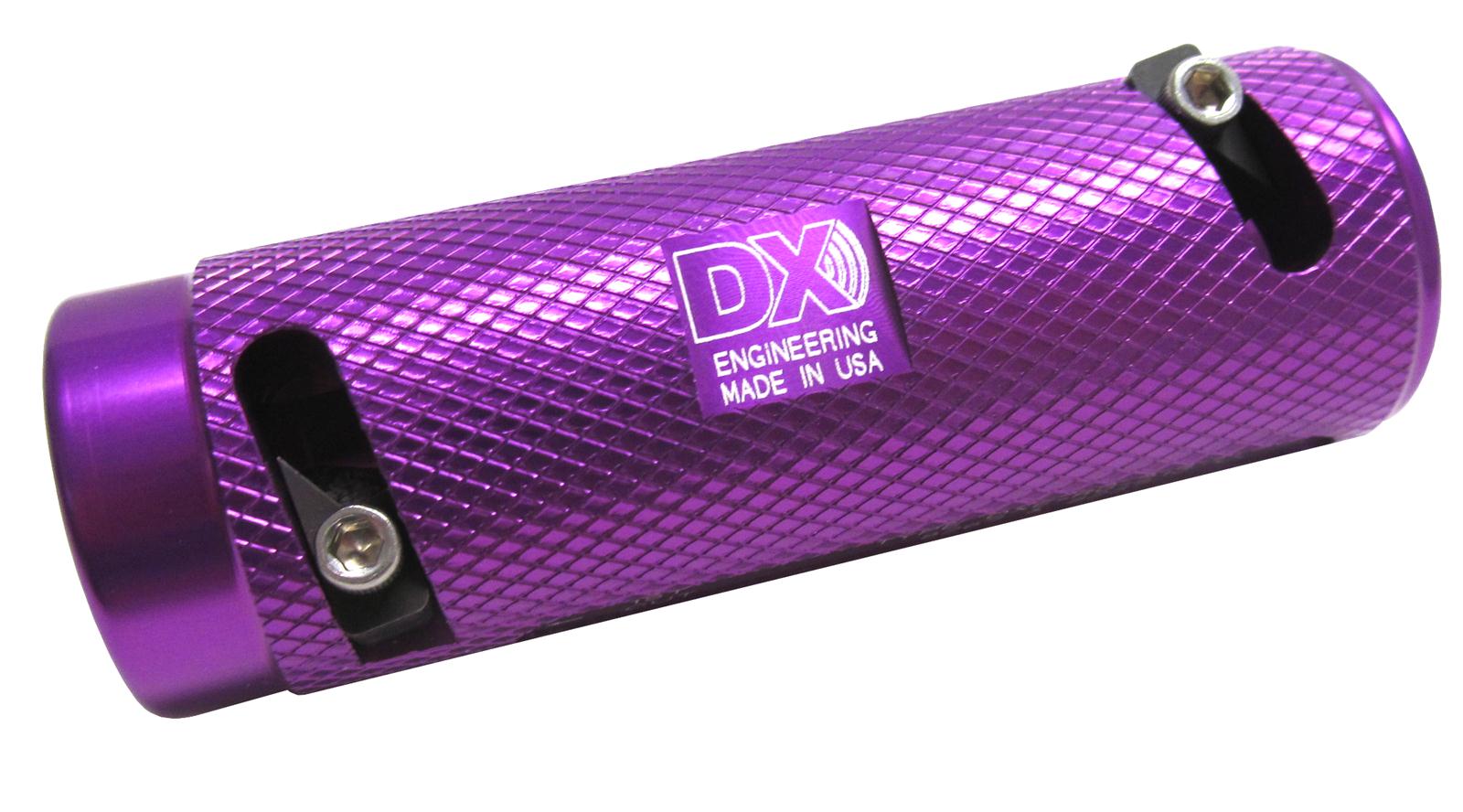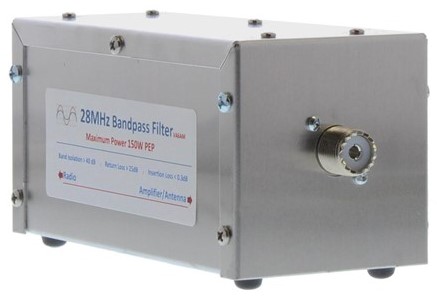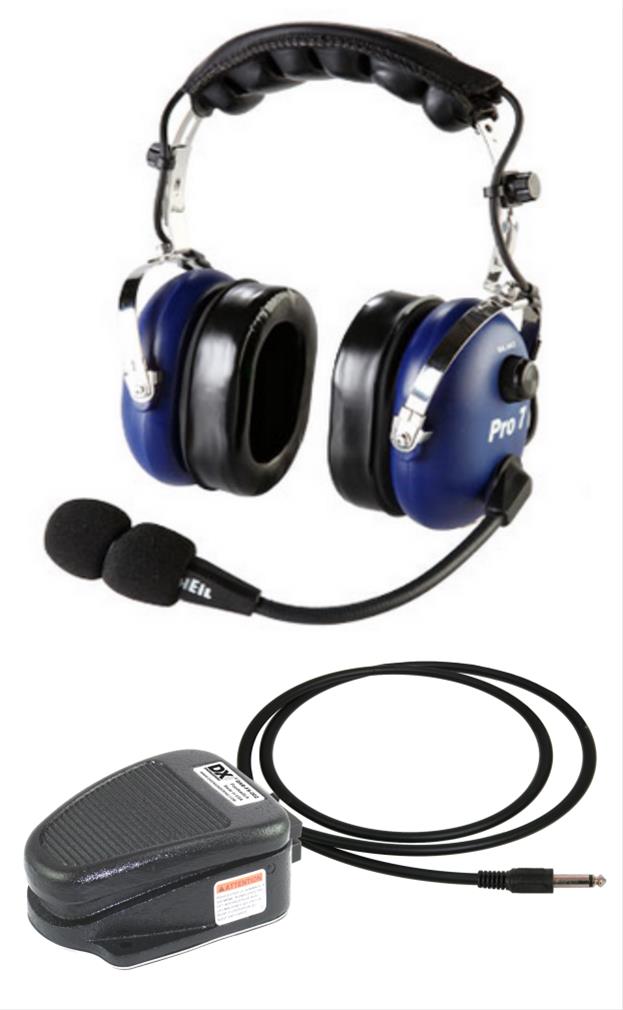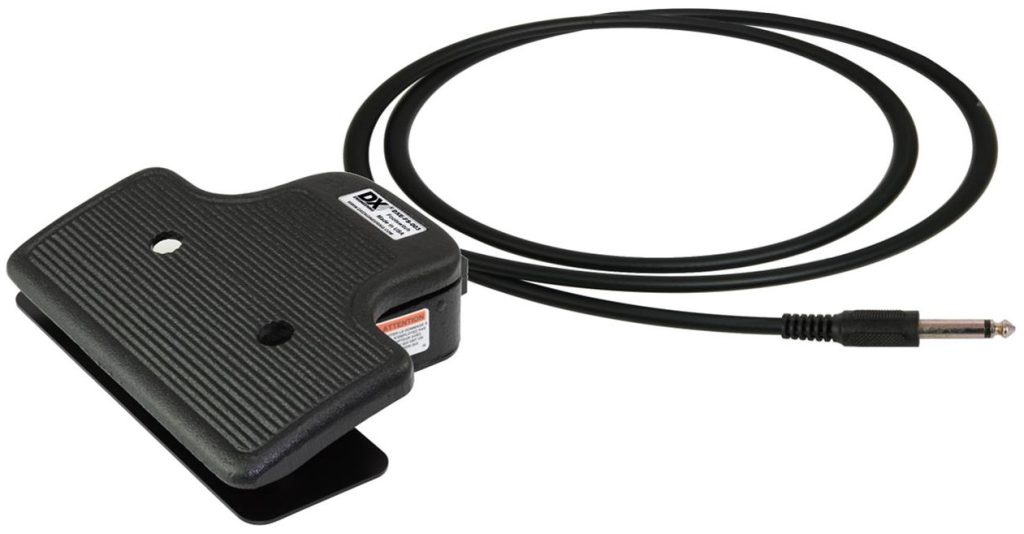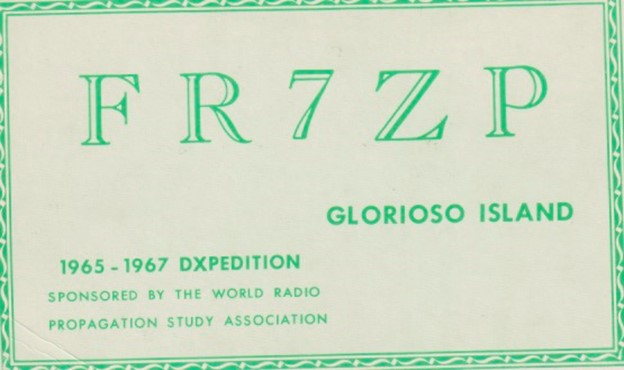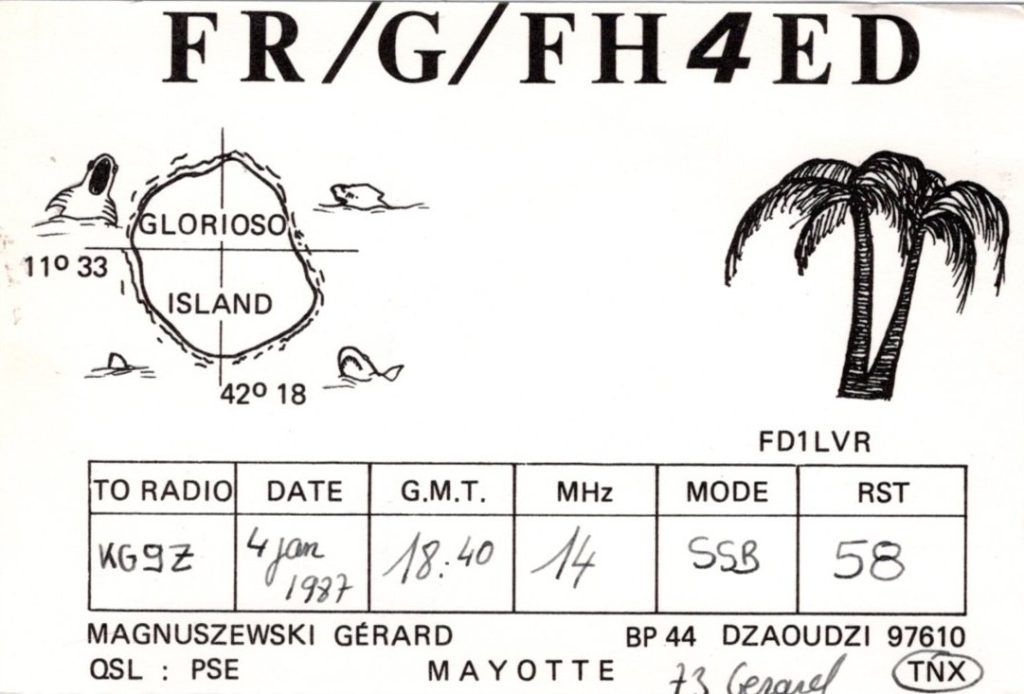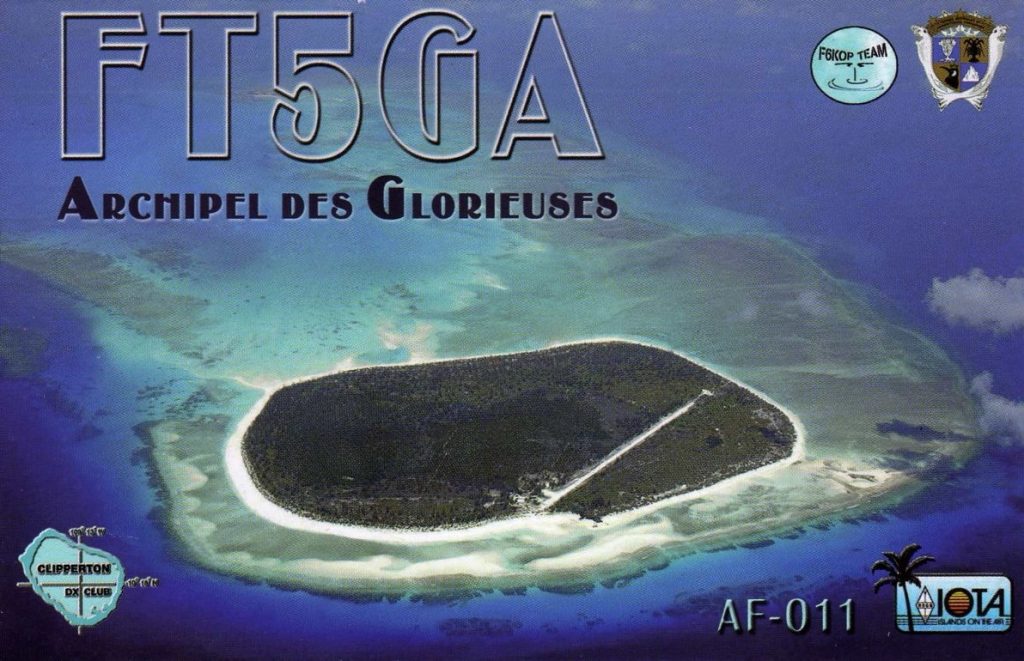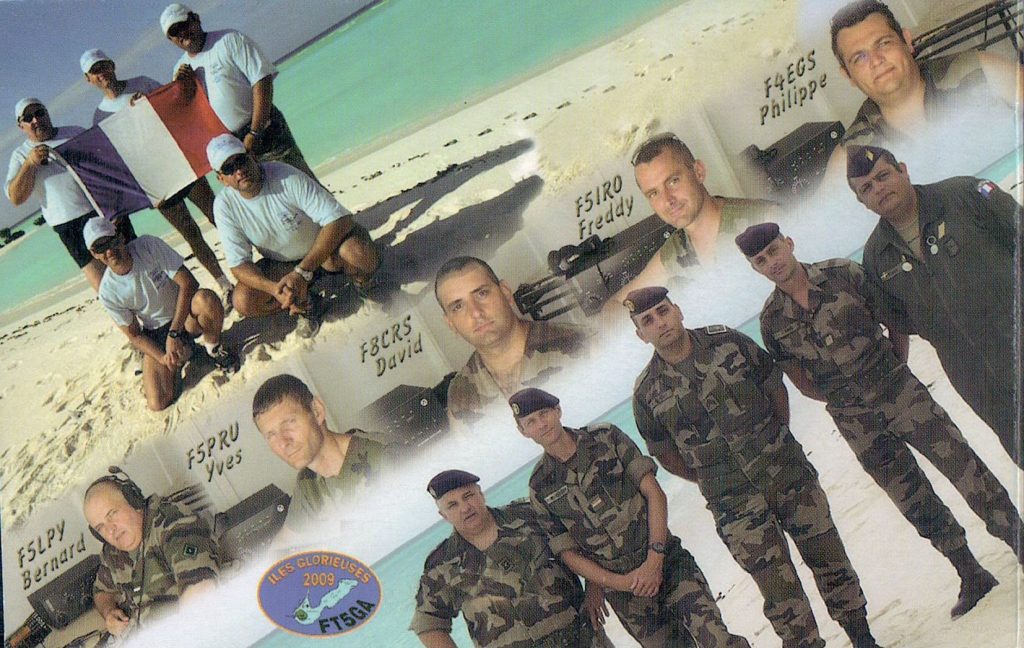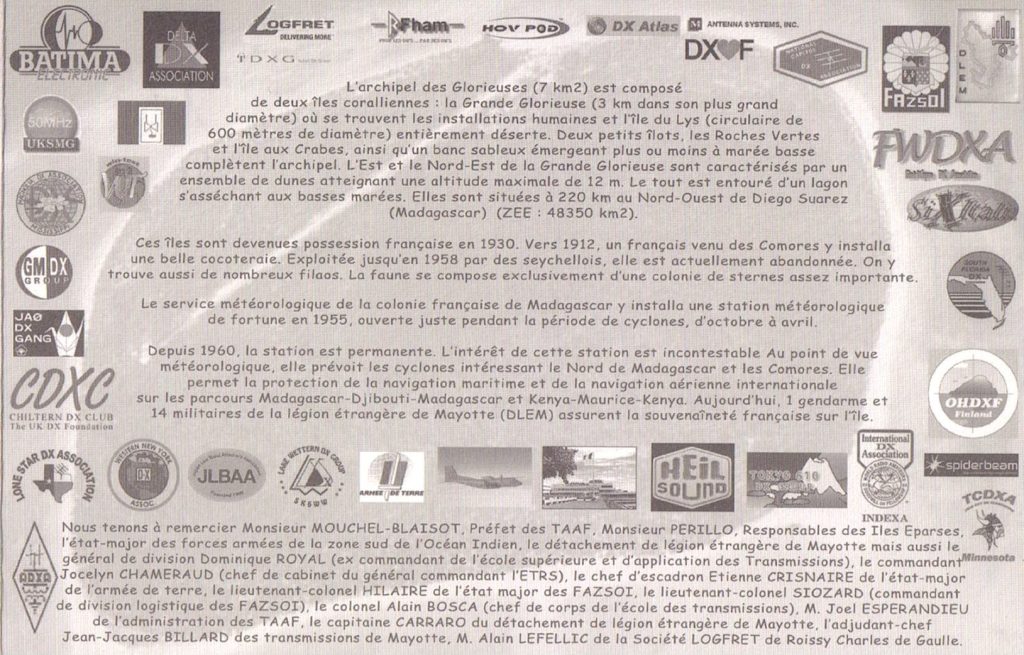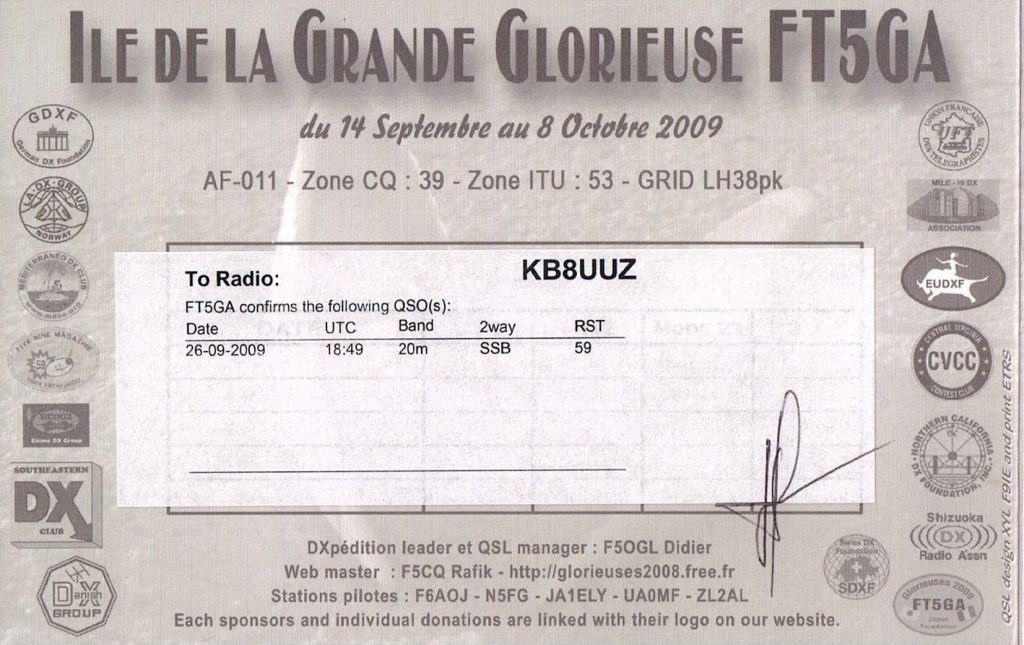It’s All in the Cards! QSL Cards from the Pitcairn Islands
DX Engineering Sponsors September 2024 Activation of Pitcairn Island
Pitcairn Island QRV in September, 2024
One of the world’s most intriguing locations is scheduled to be on the air from September 5-15 thanks to the VP6WR DXpedition by Bill Rothwell, G0VDE. The 80-10M operation will be, per his website, on “SSB, FT8, and some RTTY” from the small volcanic island—the least populous national jurisdiction (less than 50 people) in the world and the spot where, in 1790, mutineers from the H.M.S. Bounty settled after famously burning the ship.
G0VDE will follow up the Pitcairn Island DXpedition with an operation from Mangareva as FO/G0VDE (Gambier, IOTA OC-63) from September 17-21. Look for updated details at the VP6WR website.
DX Engineering is a proud sponsor of VP6WR, providing the following equipment to help DXers around the world nab this 66th Most Wanted DXCC Entity per Clublog:
- Hustler 4BTV 4-Band HF Vertical Antenna and DXE Installation Guide Package: The package comes with the real-world-proven Hustler 40/20/15/10M trap vertical antenna plus the essential 60-page instruction manual, which includes details on achieving maximum performance through installing a complete radial system, plus many more tips on turning this vertical into a DXing powerhouse.
- Hustler 30M Add-On Kit
- DX Engineering 12M BTV Add-On Kit
- DX Engineering 17M BTV Add-On Kit (below)
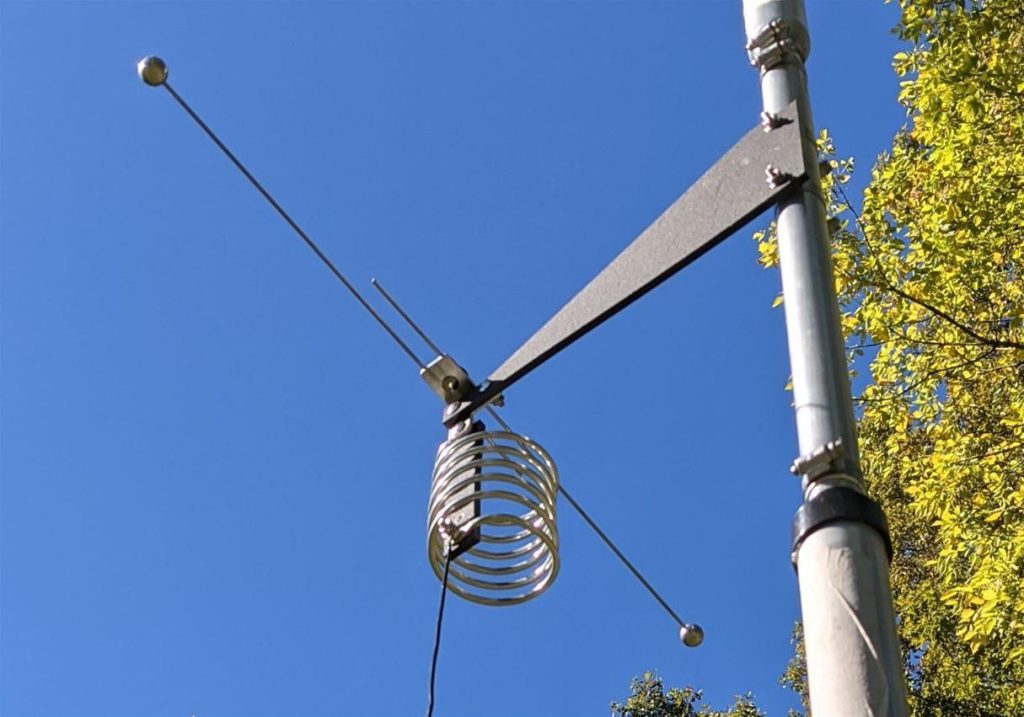
Other Hustler BTV upgrades available at DXEngineering.com include the DX Engineering Direct Coax Feed Add-On Kit; BTV Series Antenna Packages, which come with OMNI-TILT Base, DX Engineering patented Radial Plate, clamps, and hardware; and the DX Engineering Vertical Antenna Matching Network.
Base, DX Engineering patented Radial Plate, clamps, and hardware; and the DX Engineering Vertical Antenna Matching Network.
Ham Radio QSL Cards from the Pitcairn Islands
The avid DXers at DX Engineering have made several contacts with operators on Pitcairn Island, as well as Ducie Island (one of the uninhabited coral atolls of the Pitcairn Islands), over the years. Here are a few of the QSL cards from their collections.
Tom, KB8UUZ, DX Engineering technical writer, reached the 2019 VP6R Pitcairn Island DXpedition on 20/17/15M SSB. The VP6R DXpedition team battled muddy trails, challenging propagation, lightning, gale force winds, torrential rains, and even feral cats pouncing on keyboards to log more than 82,000 QSOs during their successful stay on this much-coveted DXCC entity in the South Pacific.
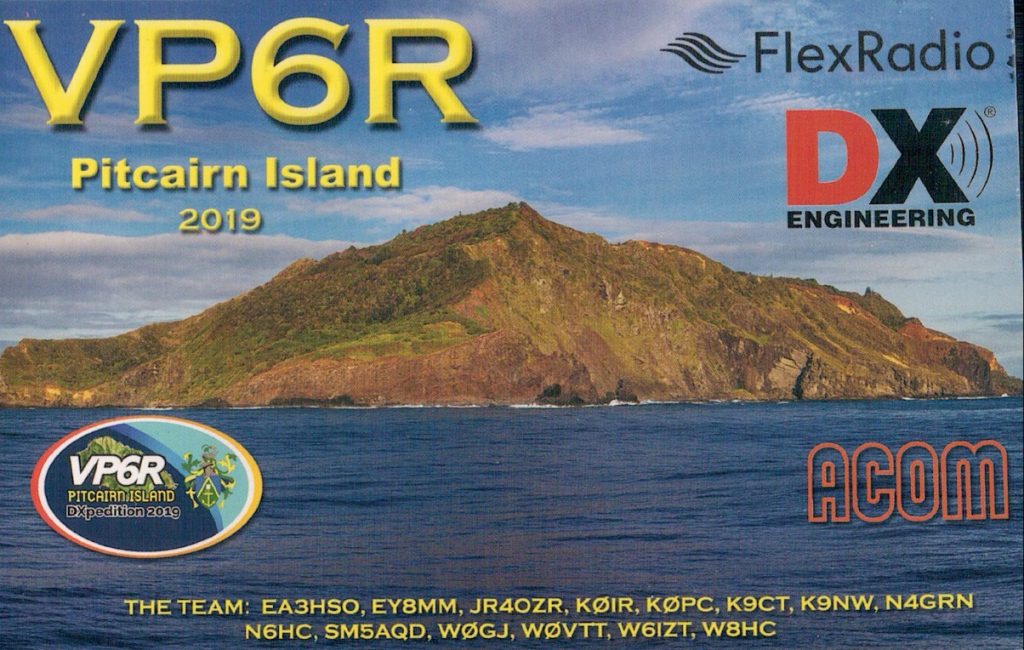
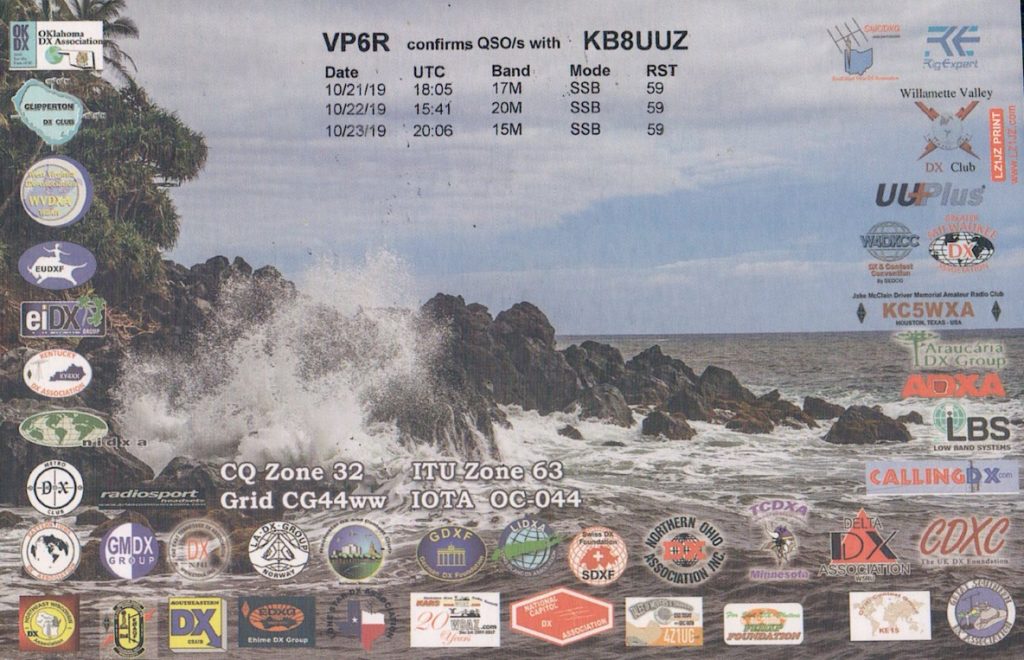
As the card shows on the front, VP6R received strong support from DX Engineering, which supplied the operating team with a range of DX Engineering branded equipment:
- NCC-2 Receive Antenna Phasing System
- TFS4 Series B Transmit Four Square System and Phasing Cables
- Phased Array Quarter Wave Tuned Cable
- RADP-3 Radial Plates
- RF-PRO-1B Active Magnetic Loop Antenna (below)
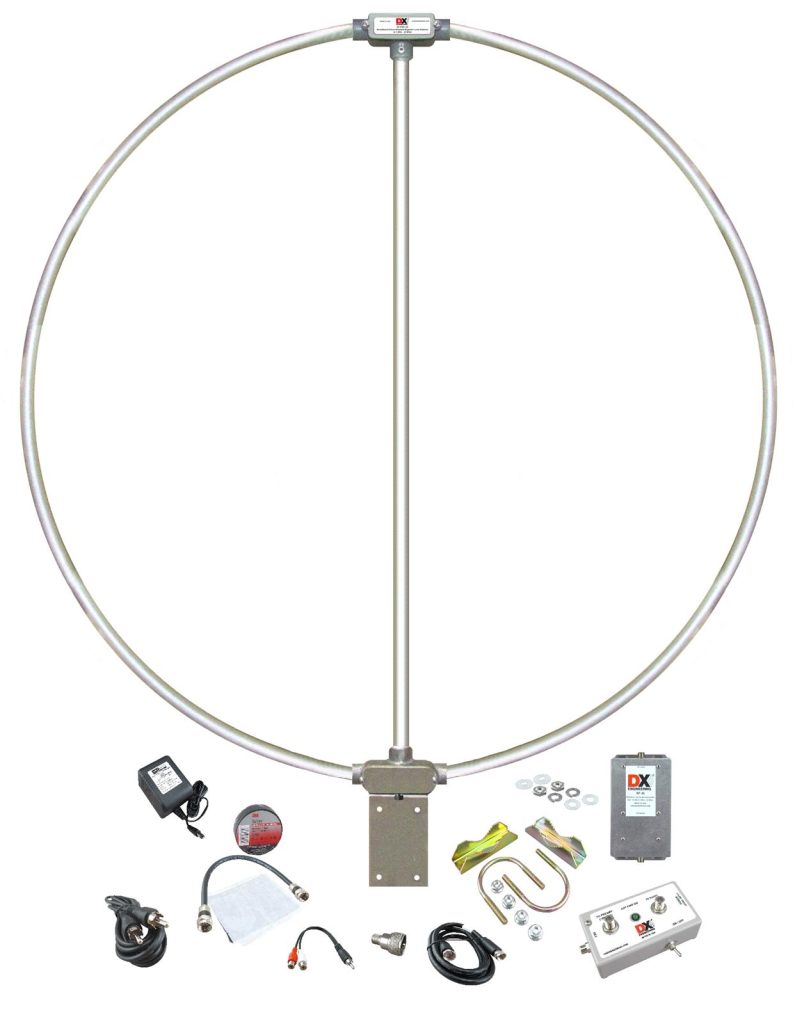
Also going along for the trip to Pitcairn Island was DX Engineering’s custom-designed 90-foot top-loaded 160M vertical antenna, featuring heavy-duty hinged pivot base (a “work of art,” according to VP6R’s Nodir, EY8MM) with custom base insulators to accommodate a 40-foot falling derrick made with three-inch diameter pipe. Originally built to handle the high winds of Bouvet Island, the antenna’s modular design allowed it to be easily downsized if weather conditions made it difficult to install at full size on the island. The crew sent us this photo of the antenna poised against a starlit sky.

Mark, W8BBQ, DX Engineering customer/technical support specialist, did some serious band-filling during the five-operator VP6T Pitcairn Island DXpedition in January 2012. He made contact on 80M, 40M, 30M, 17M, 12M, and 10M CW, and 20M, 17M, 15M, 12M, and 10M SSB.
Organized by Jacques F6BEE, the VP6T DXpedition made 56,300 QSOs in 11 days.

George, K3GP, DX Engineering customer/technical support specialist, received three different QSL cards from the January 2008 VP6PR DXpedition, each one featuring a different photo from Pitcairn Island. Dave, N8NB, DX Engineering technical support specialist, reached VP6PR on 17M RTTY.



George, K3GP, joined thousands of DXers around the world by earning this QSL card—actually, a 32-page booklet—from the 2008 DX Engineering-sponsored VP6DX Ducie Island DXpedition. The VP6DX crew logged a whopping 183,584 QSOs.

For all your DXing, contesting, or rag-chewing needs—whether you’re a Big Gun, Little Pistol, or somewhere in between, visit DXEngineering.com for transceivers, amplifiers, antennas,
headsets, and so much more.
Editor’s Note: Every month, DX Engineering features QSL cards from our team members’ personal collections. To highlight upcoming DXpeditions, we’ll be displaying a few of our favorite cards along with details about what it took to make these contacts. We’re excited to share some of the special cards pulled from the thousands we’ve received over the years. We look forward to seeing your cards as well!
The post It’s All in the Cards! QSL Cards from the Pitcairn Islands appeared first on OnAllBands.


